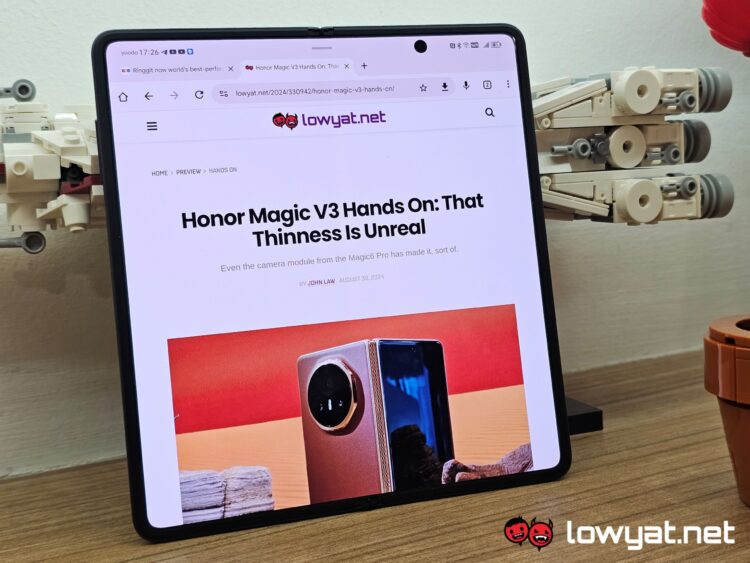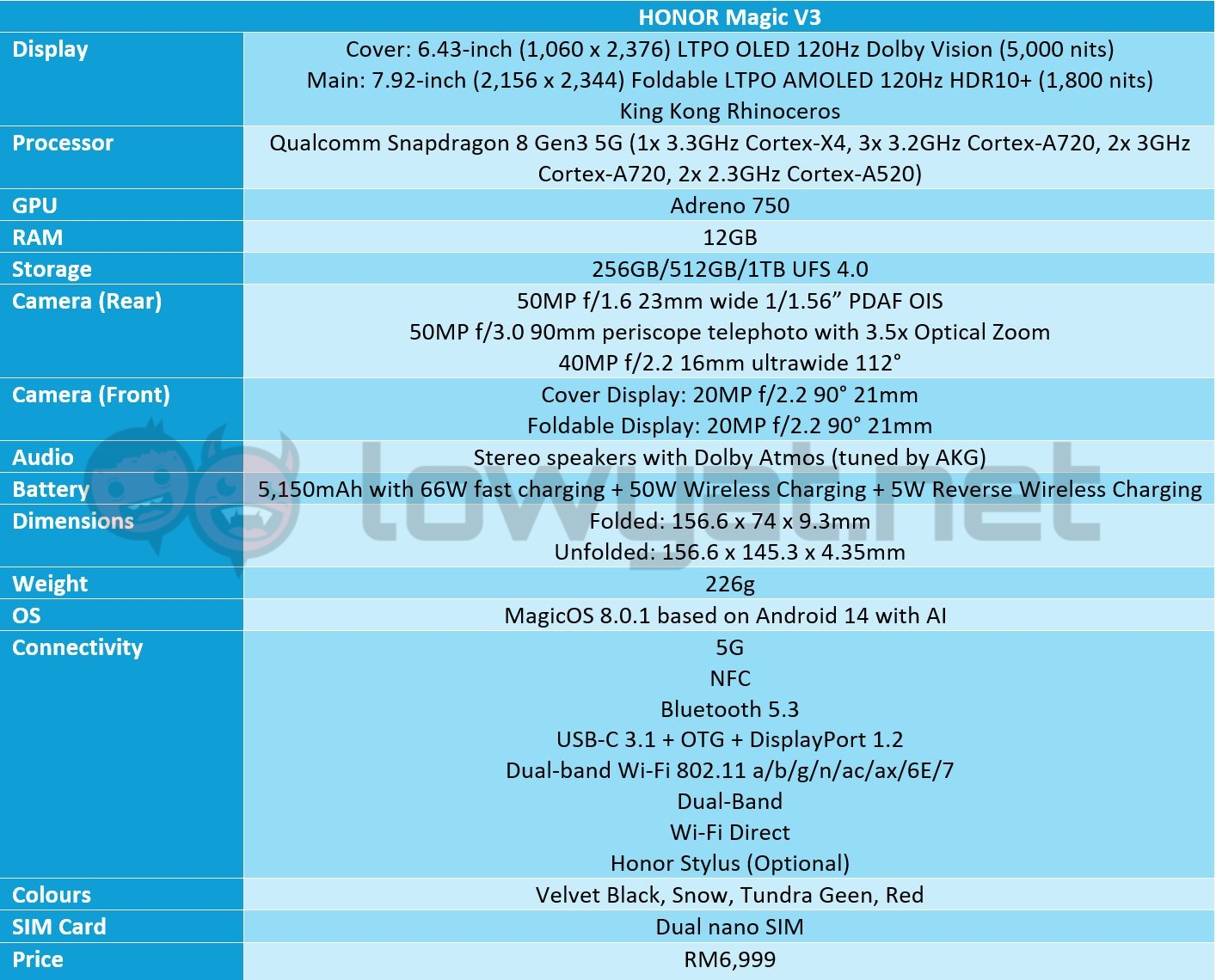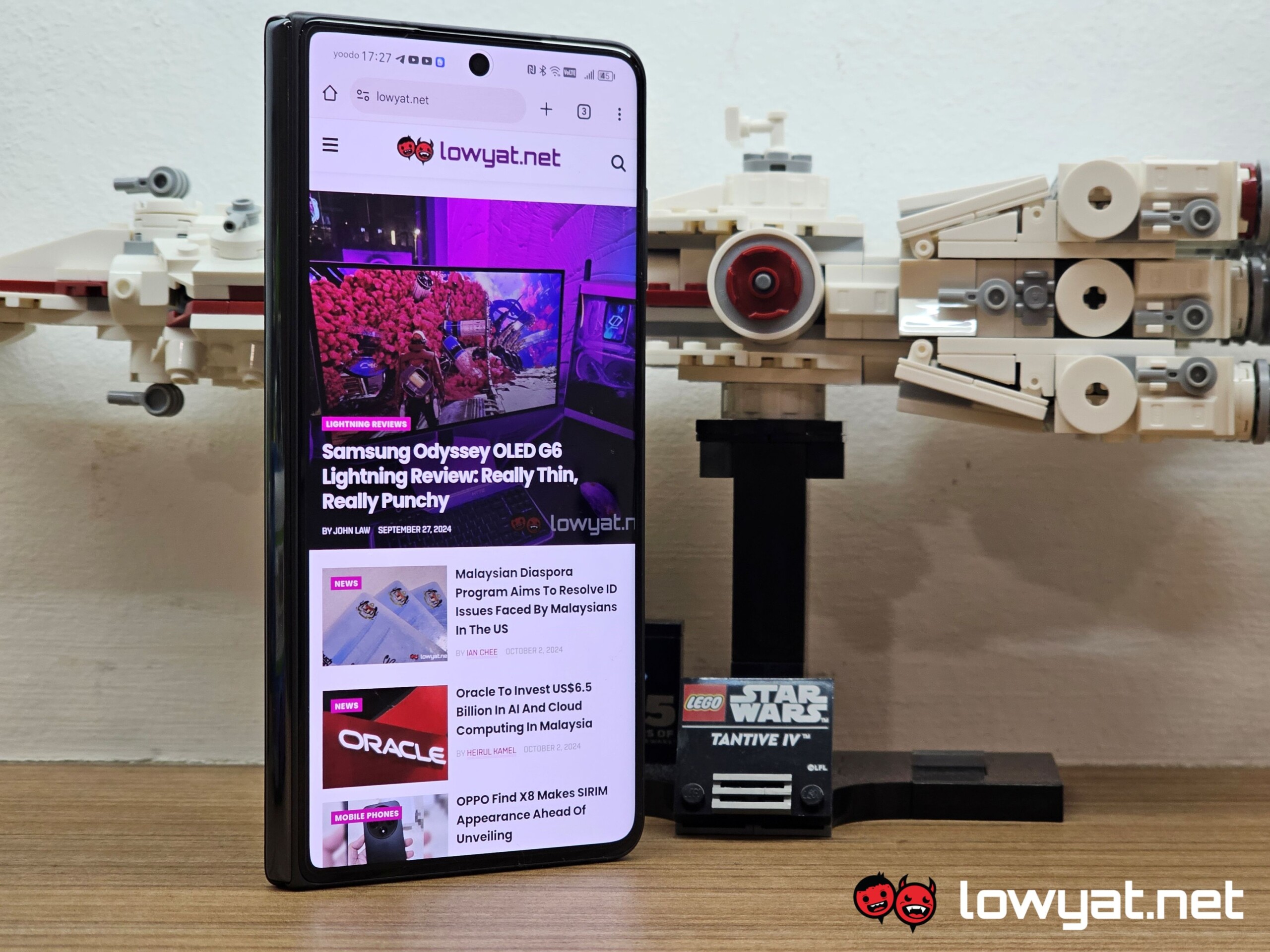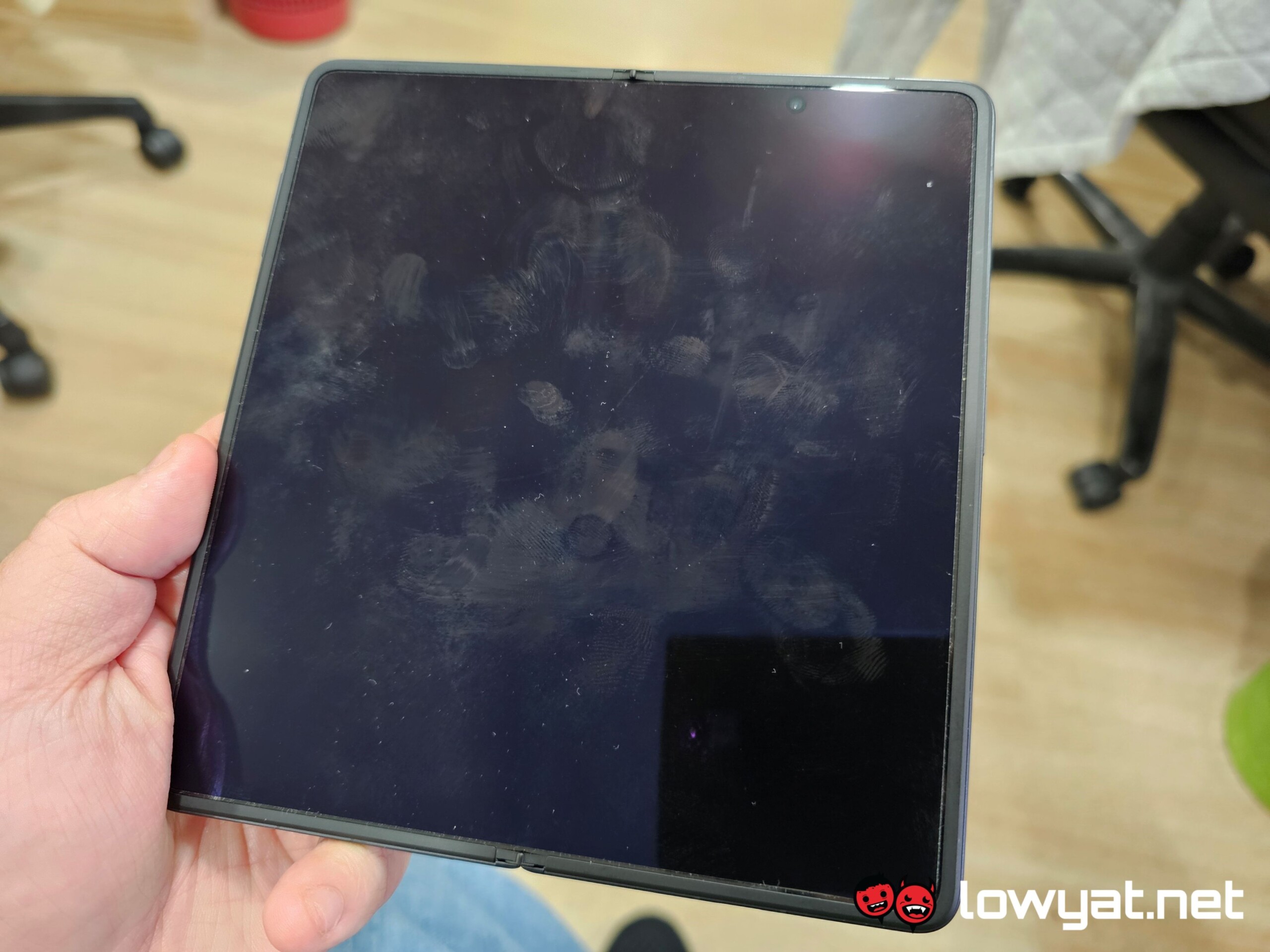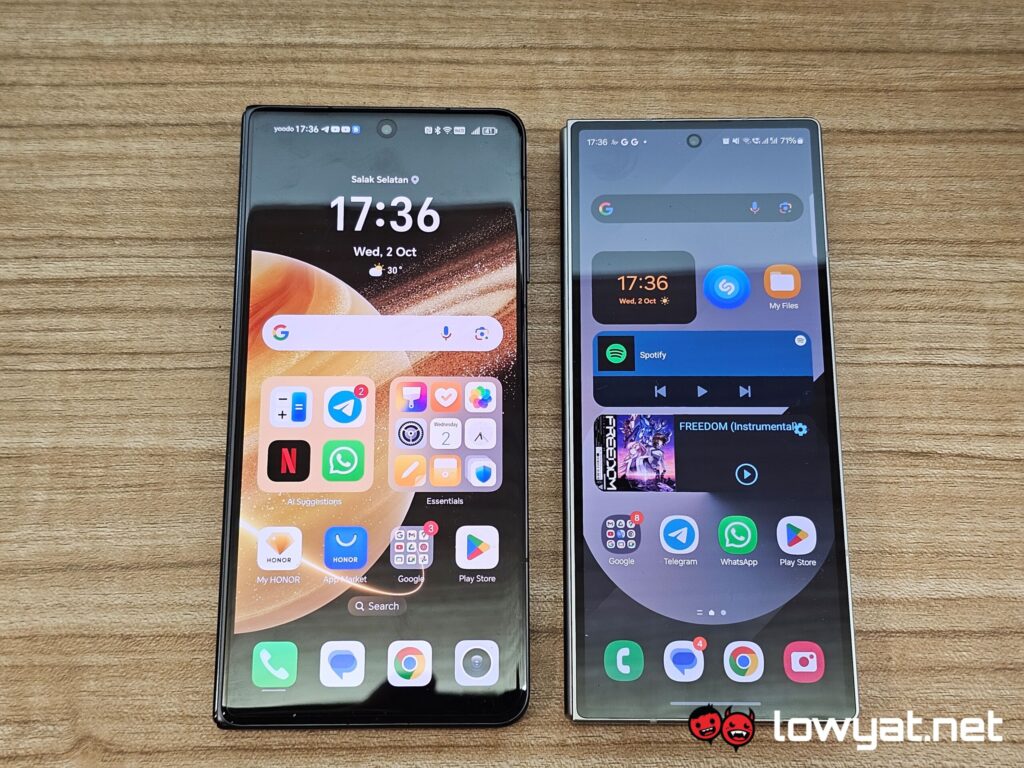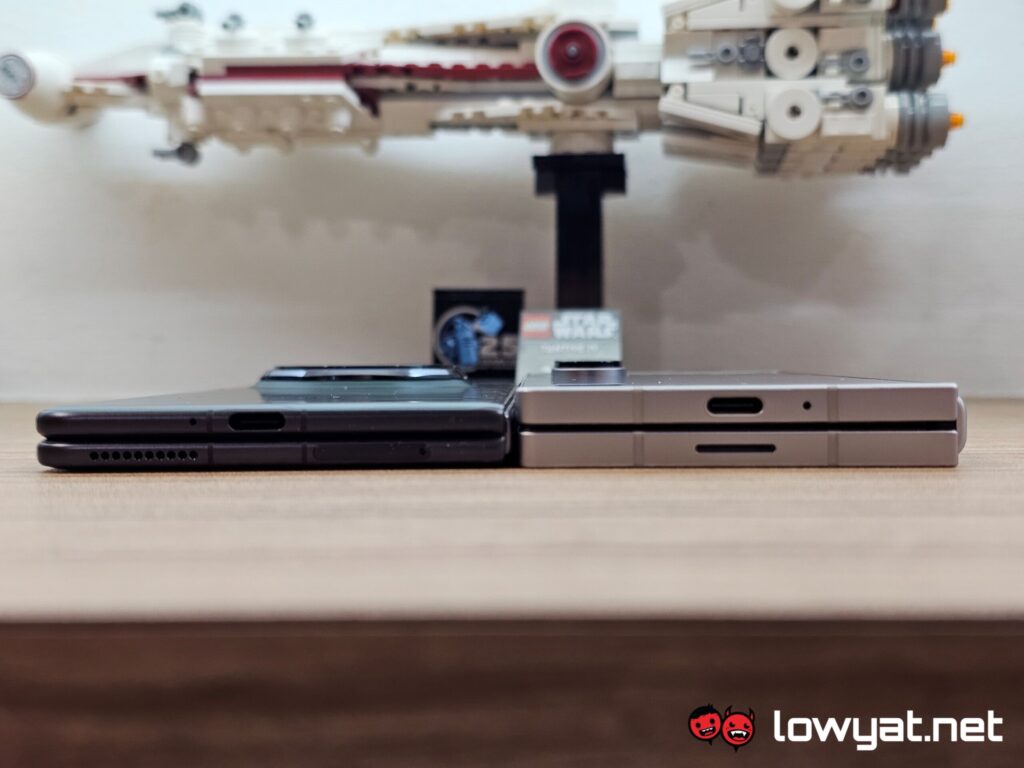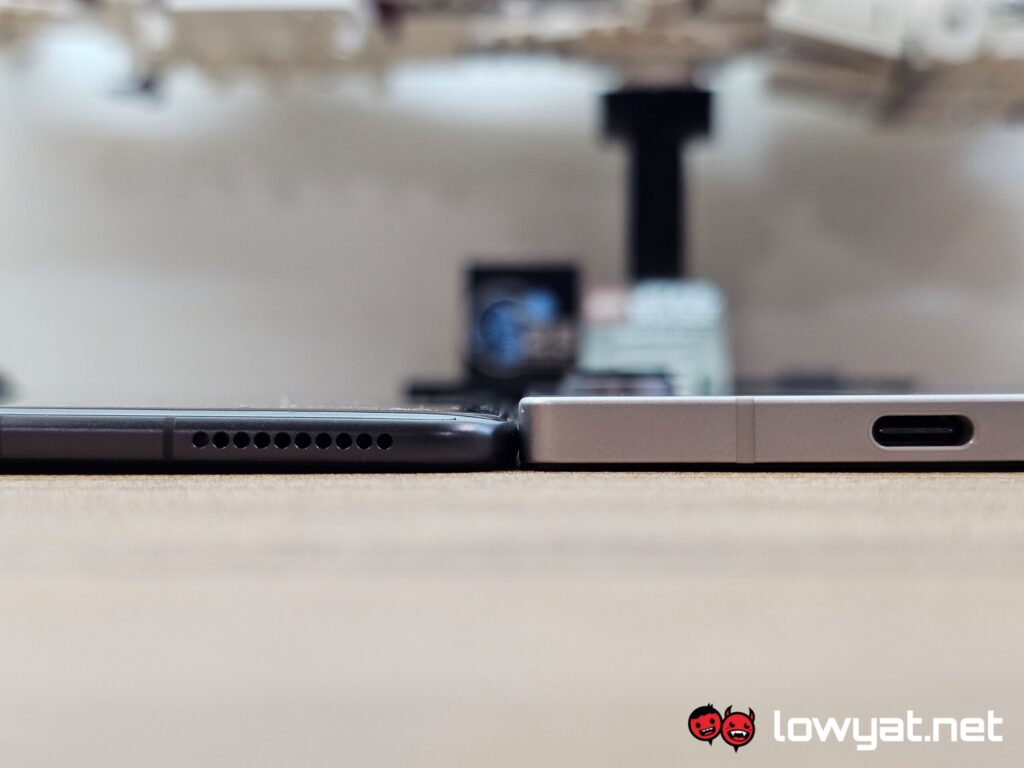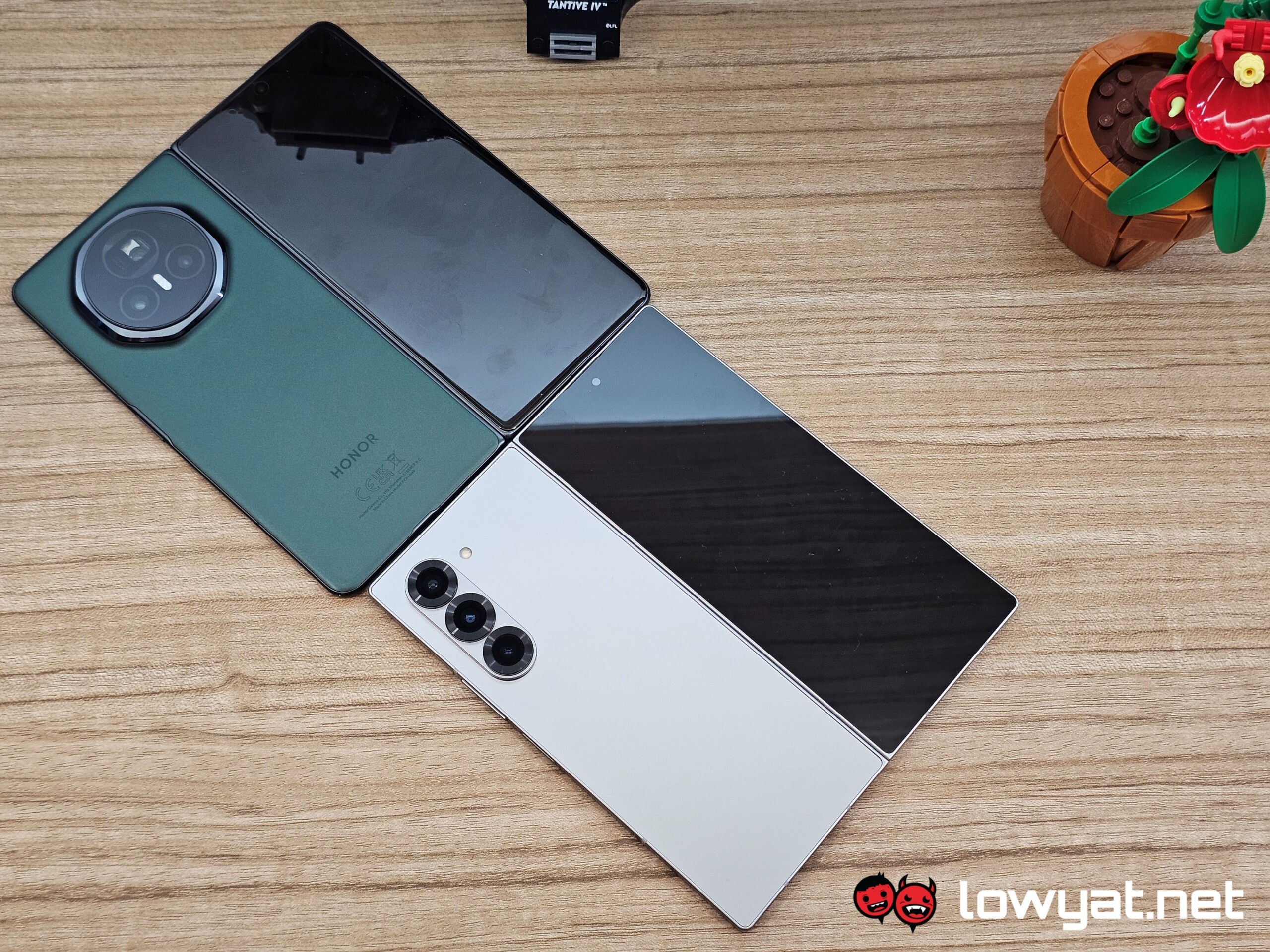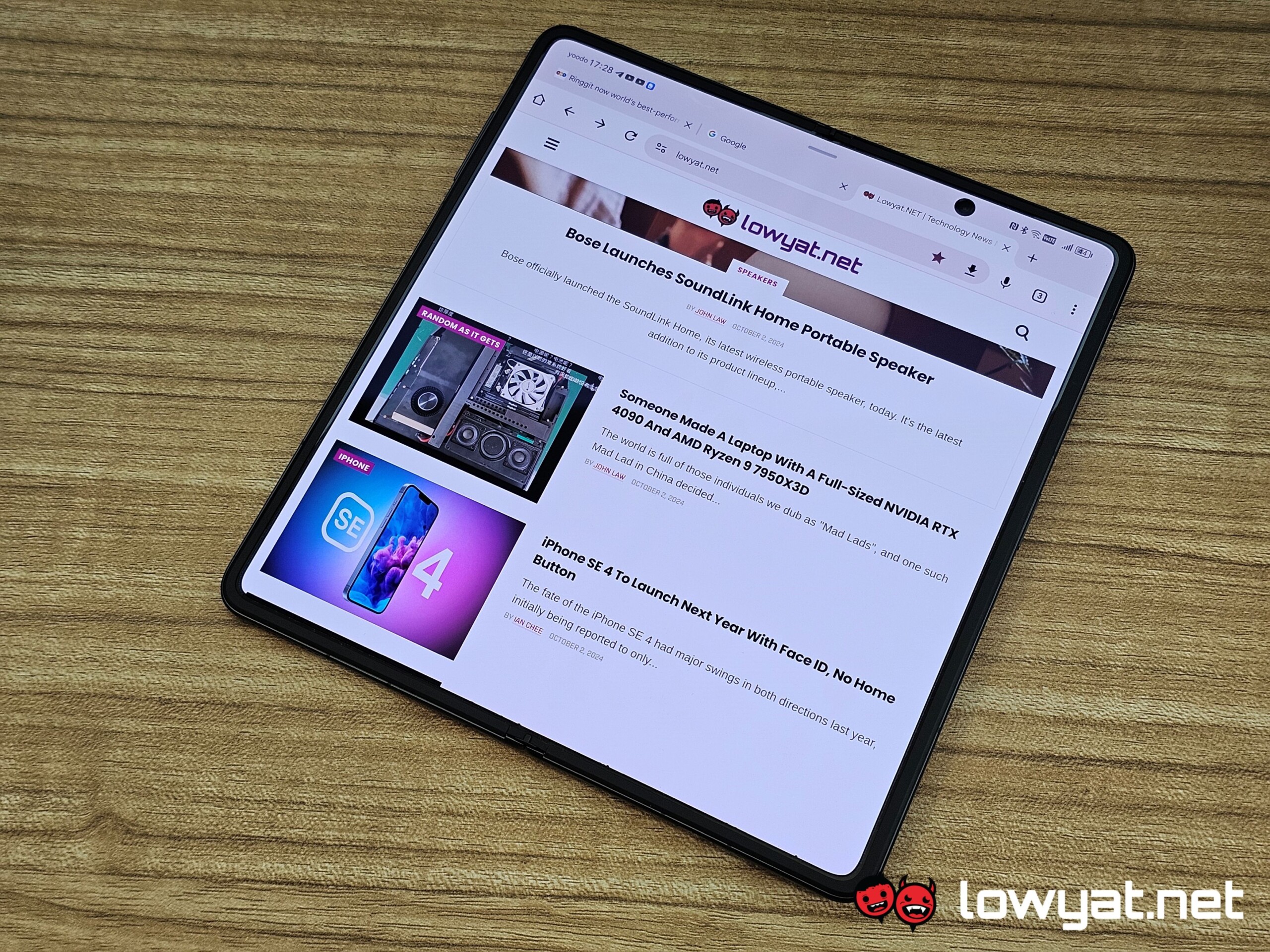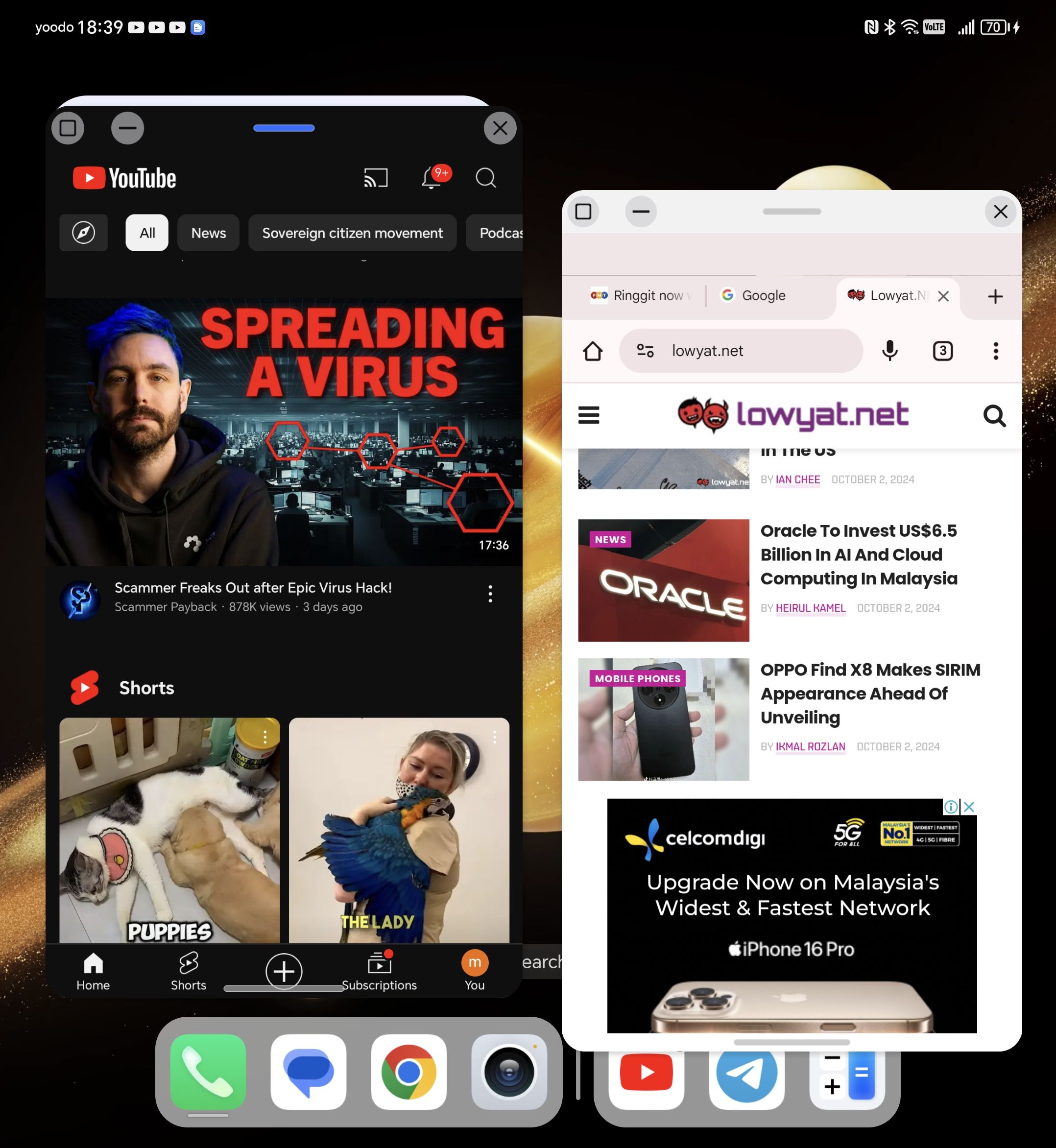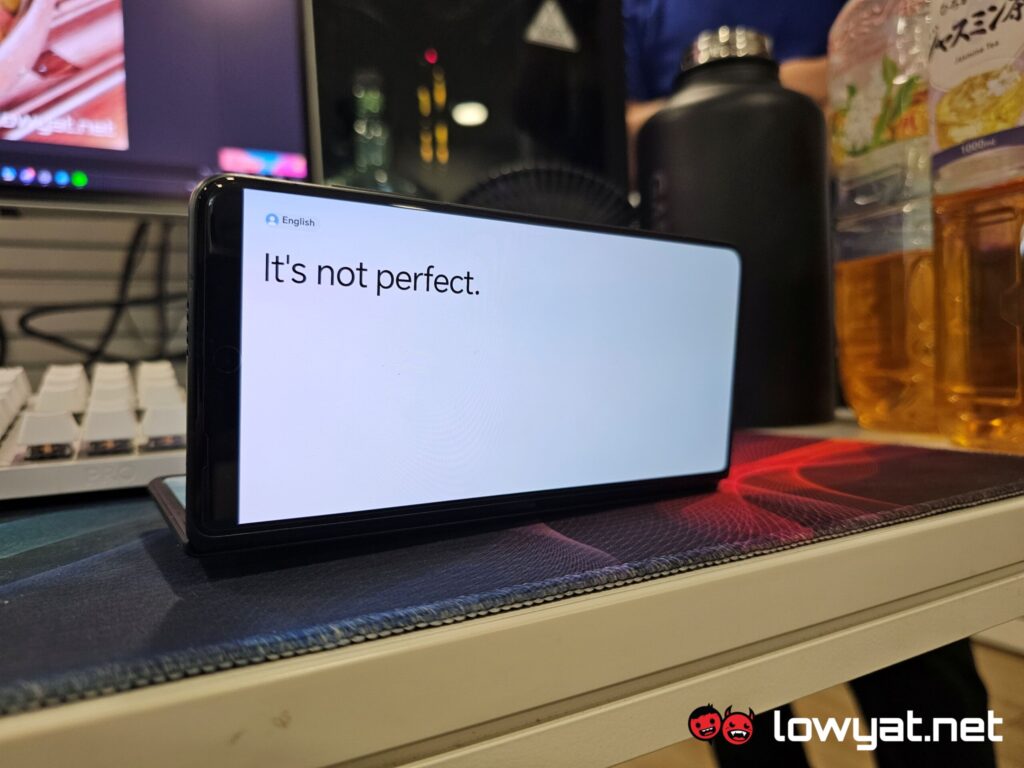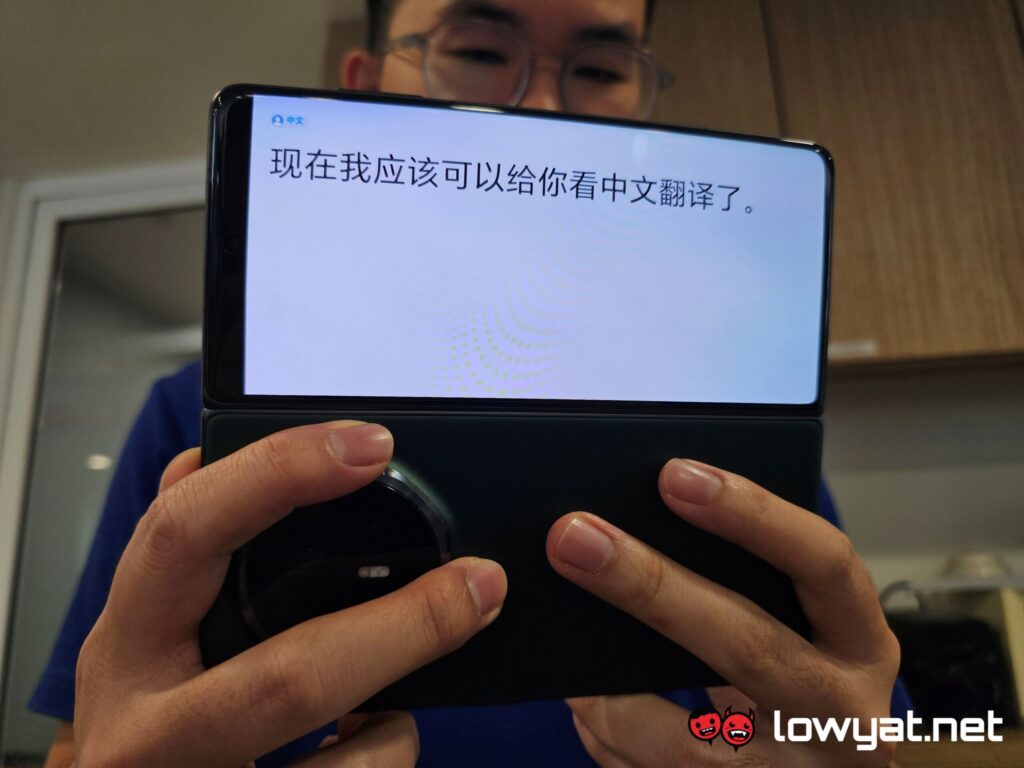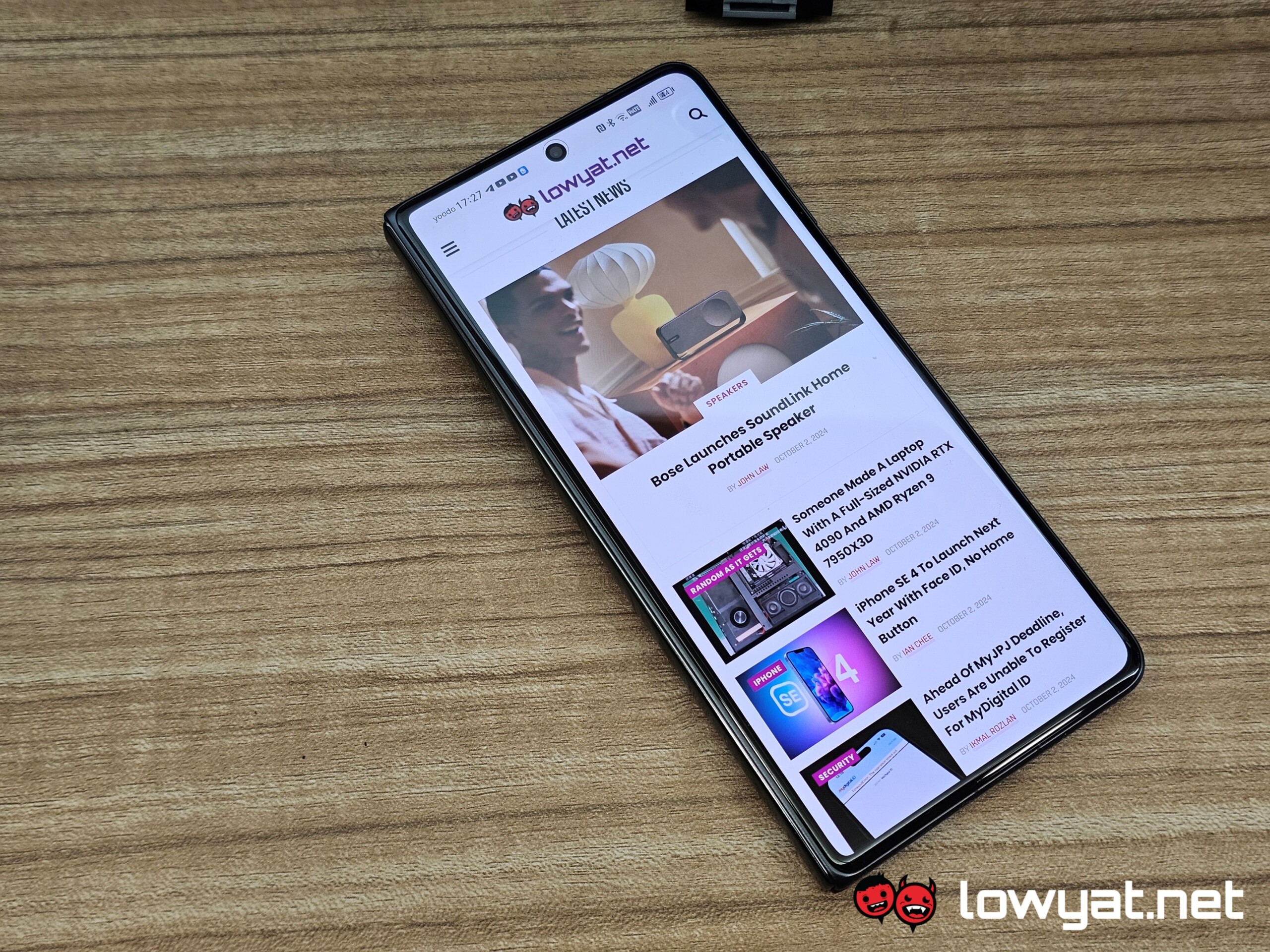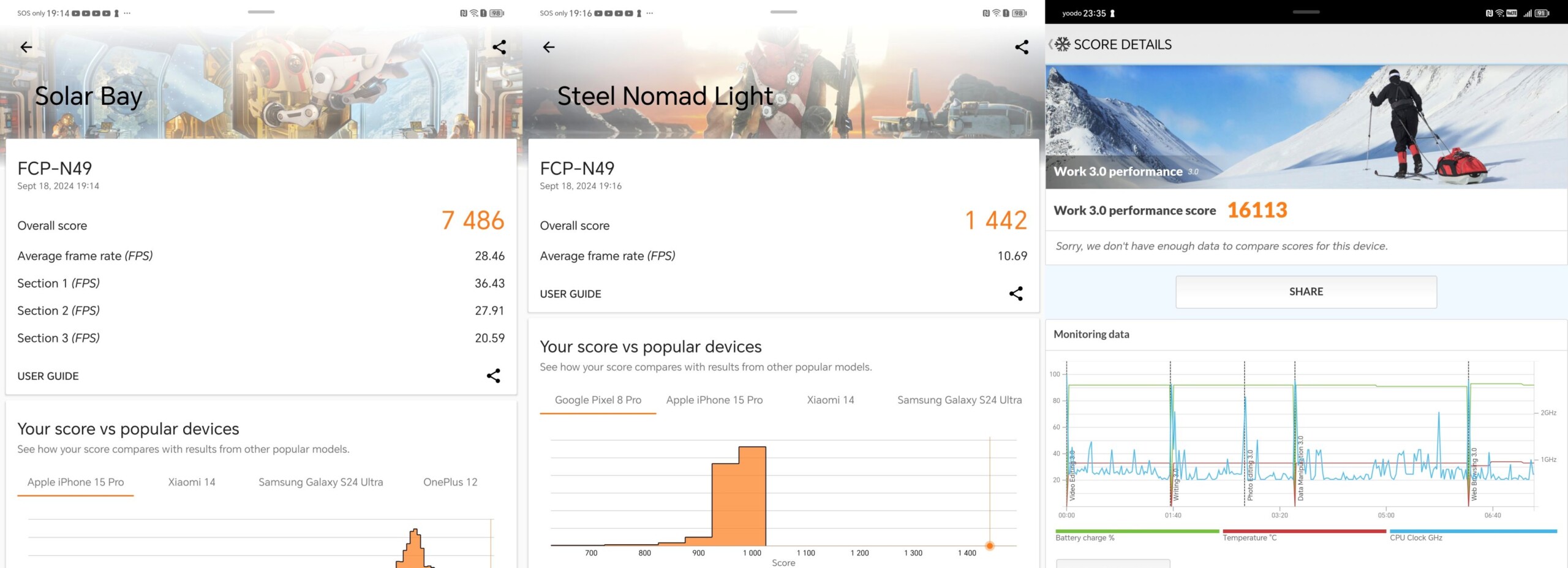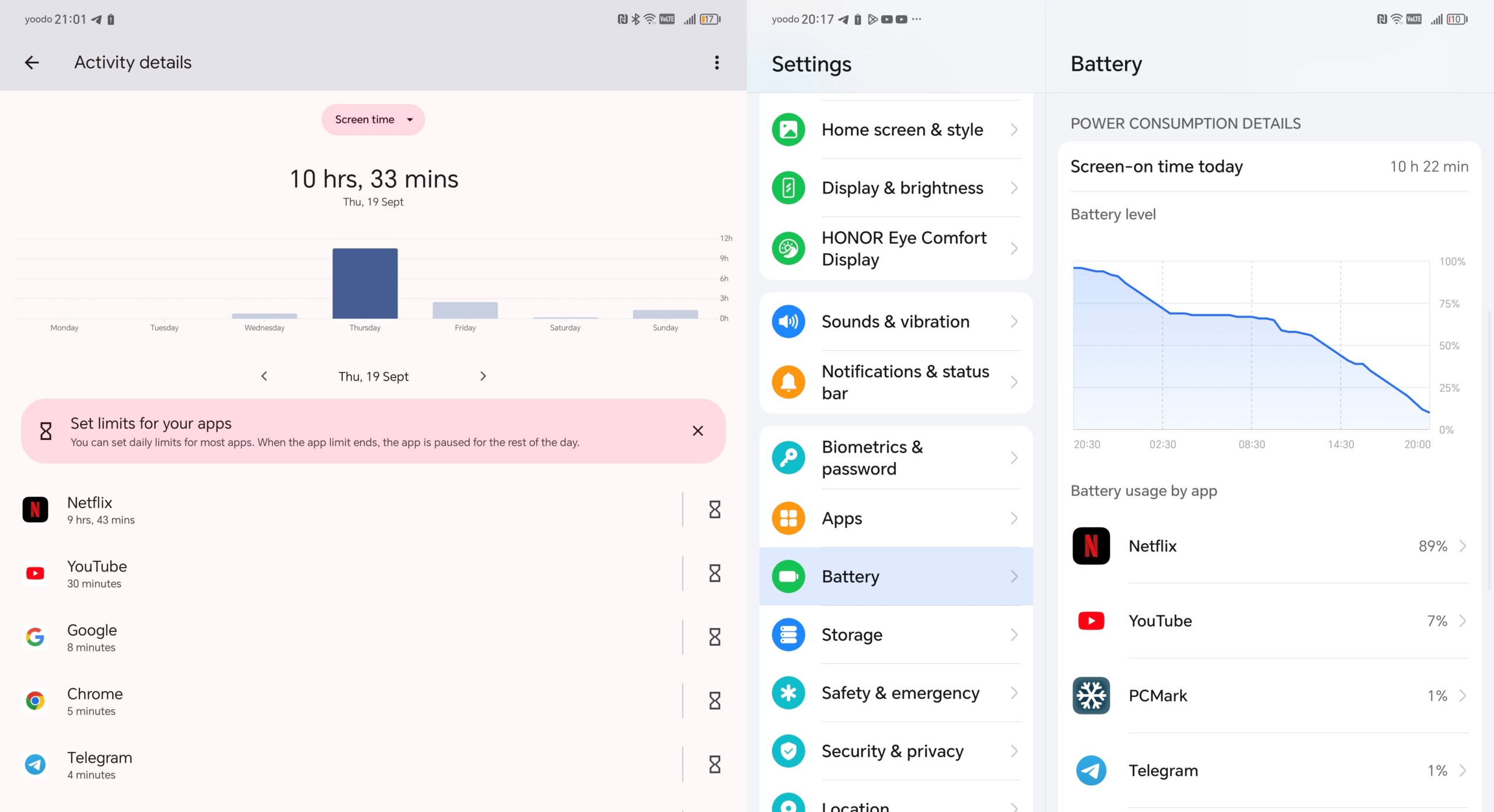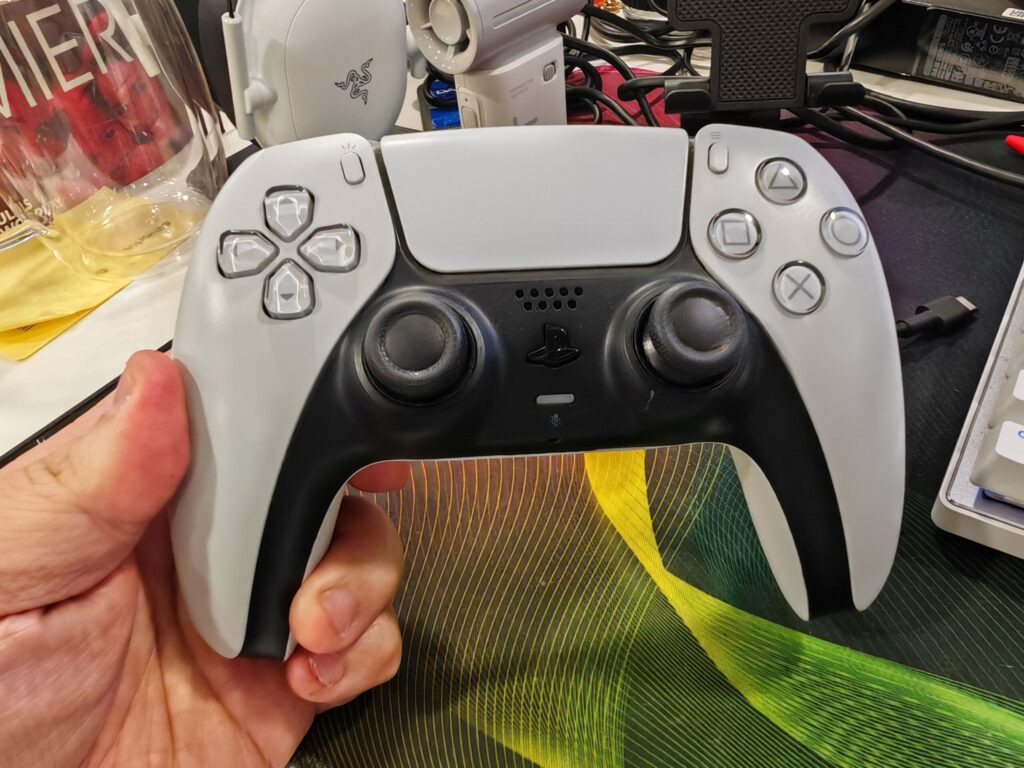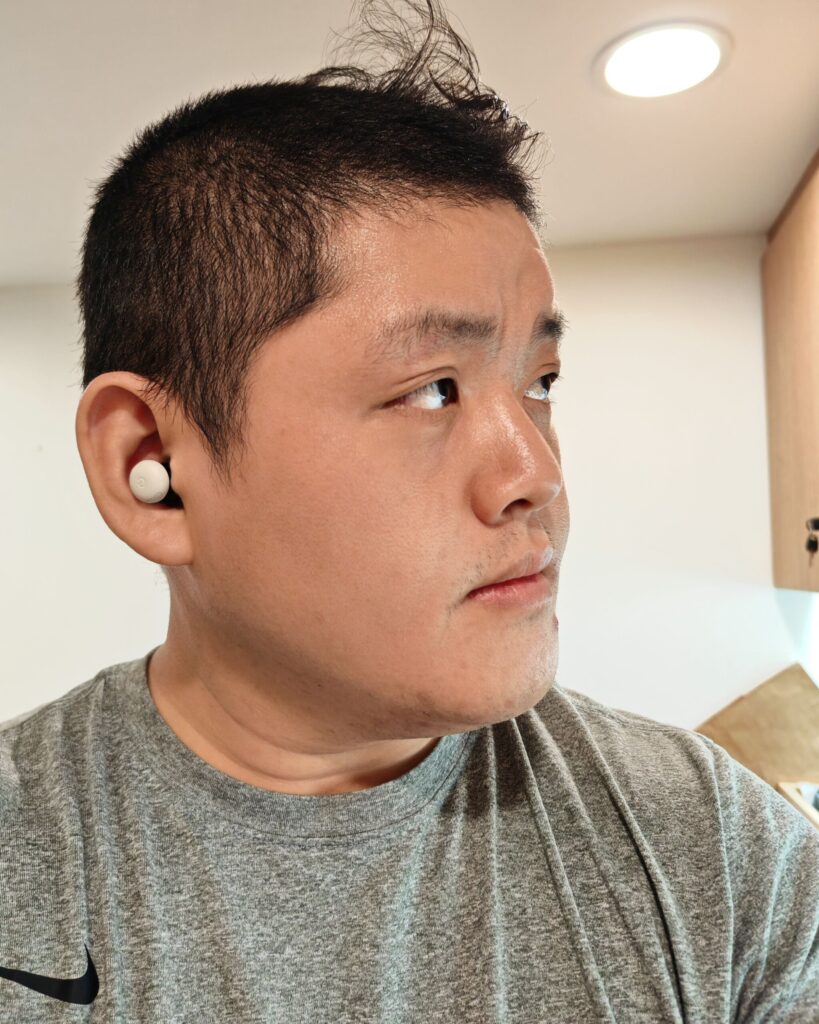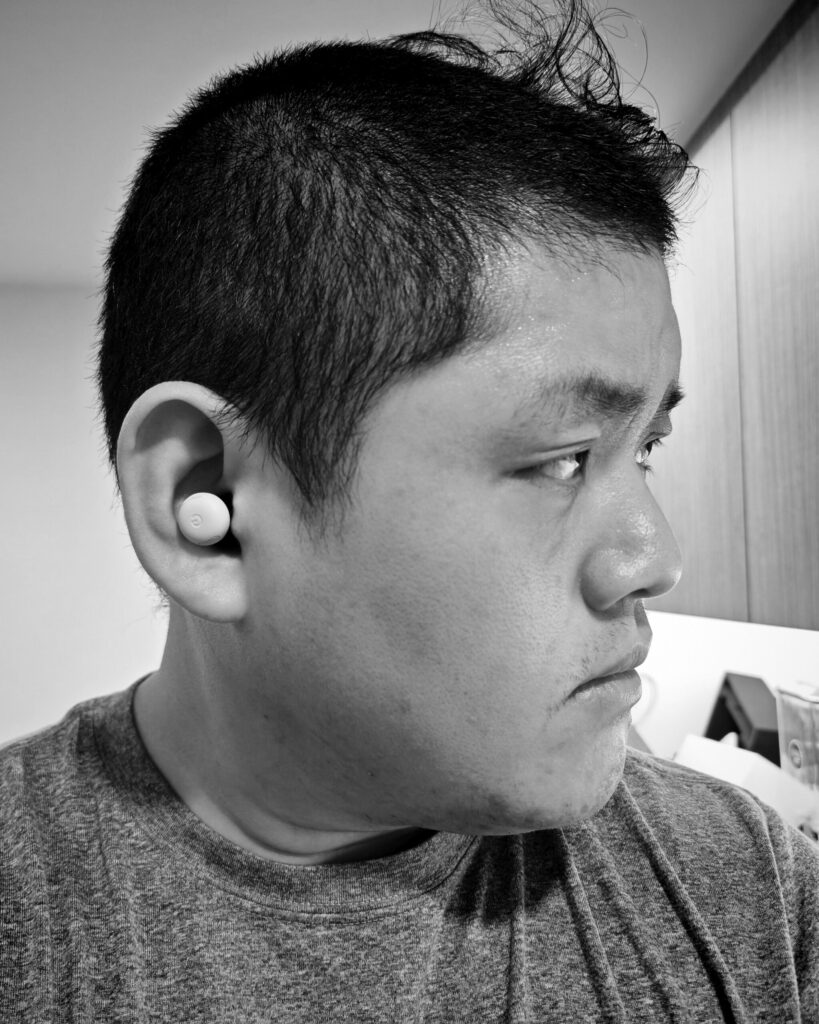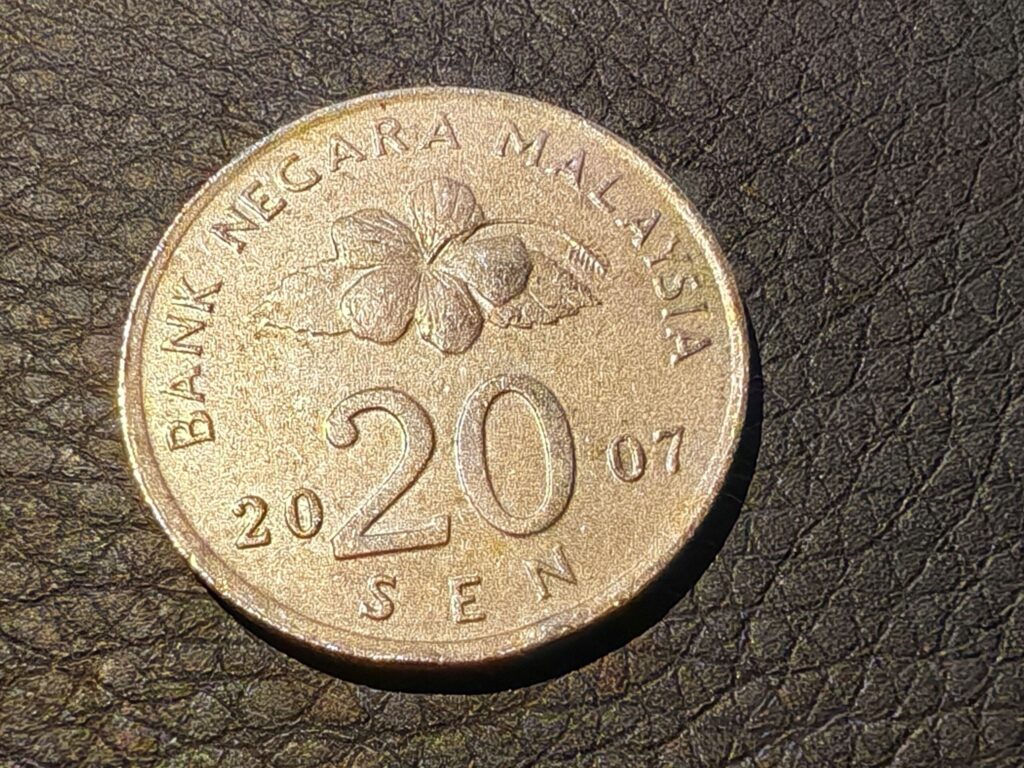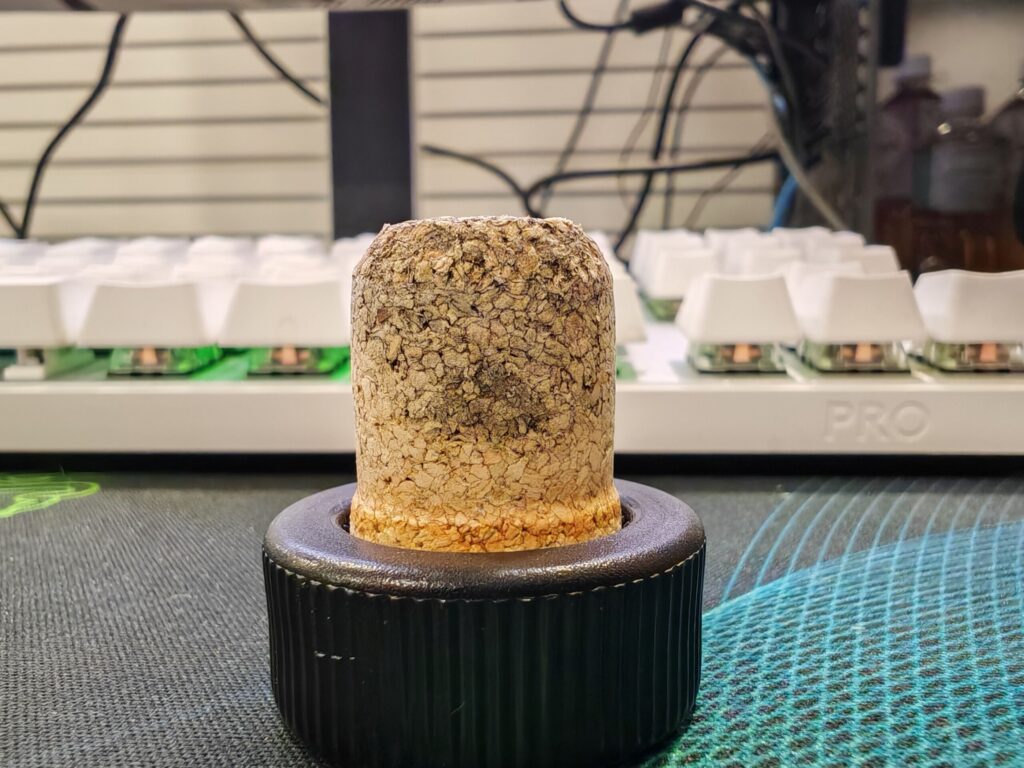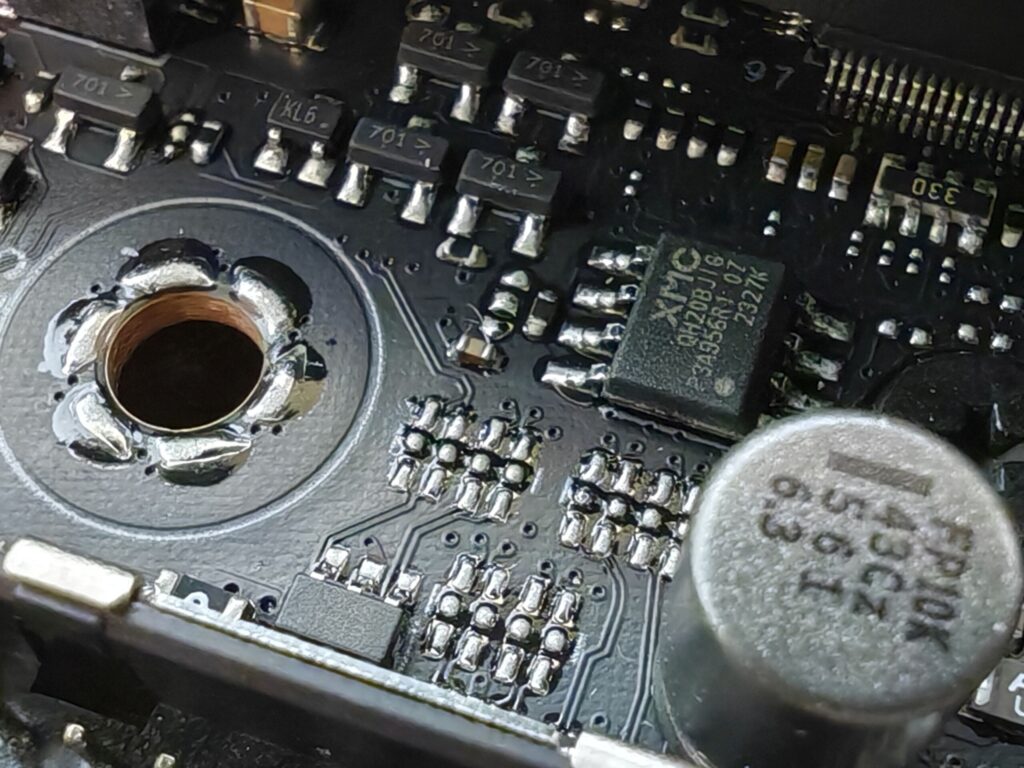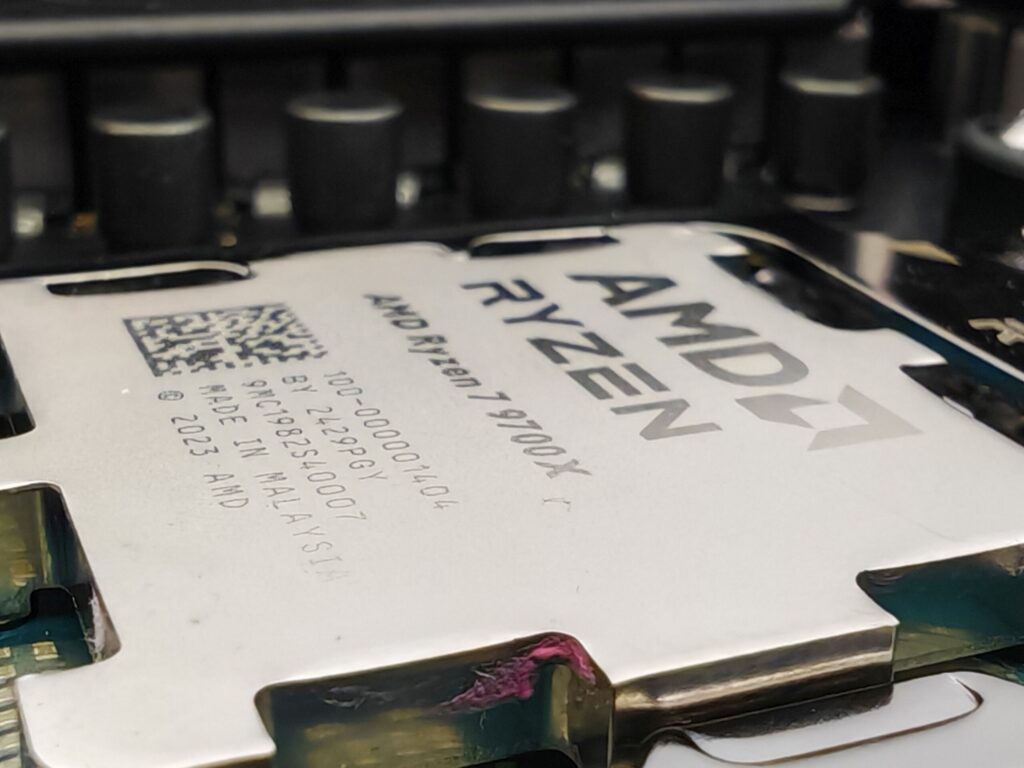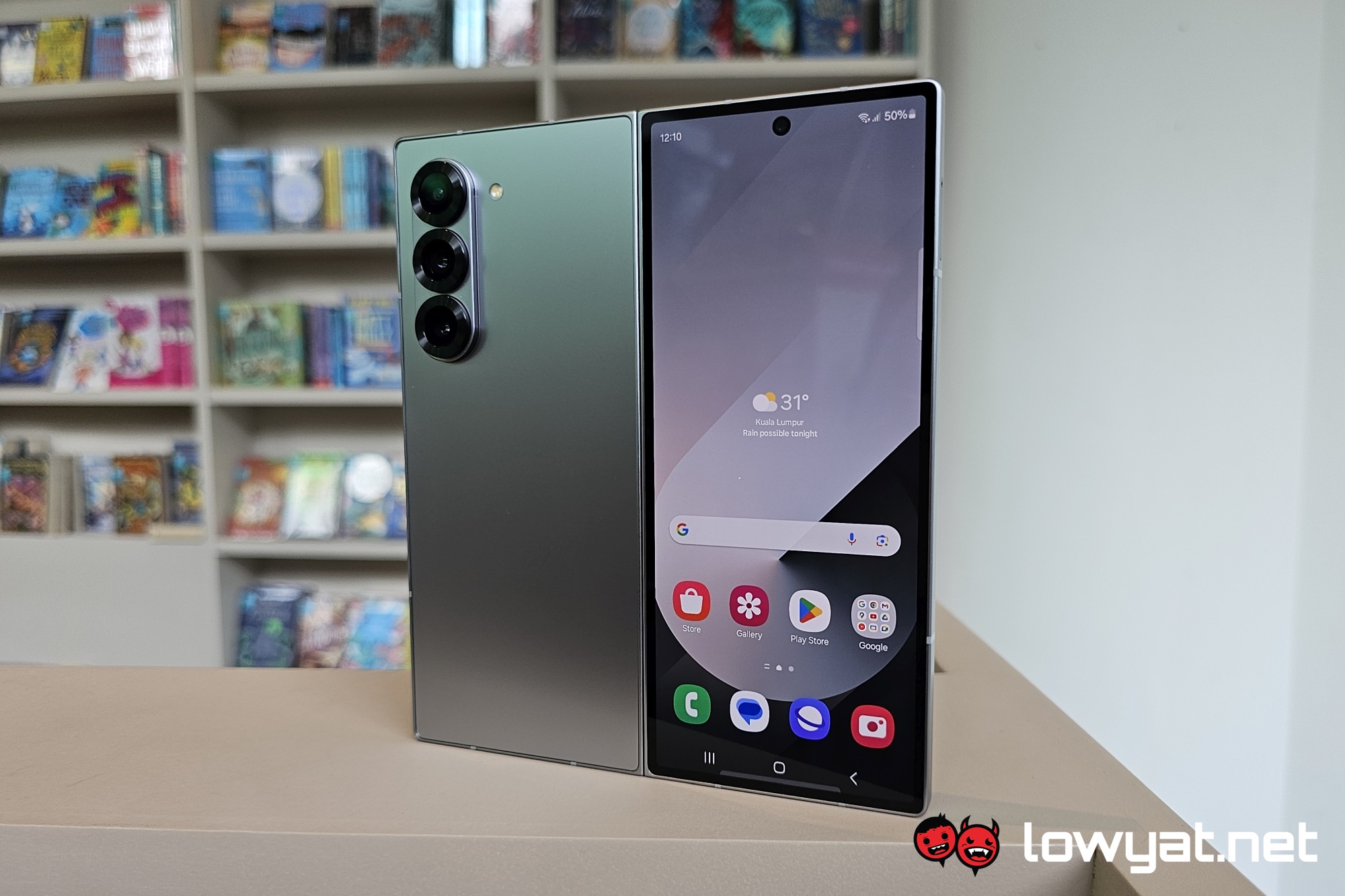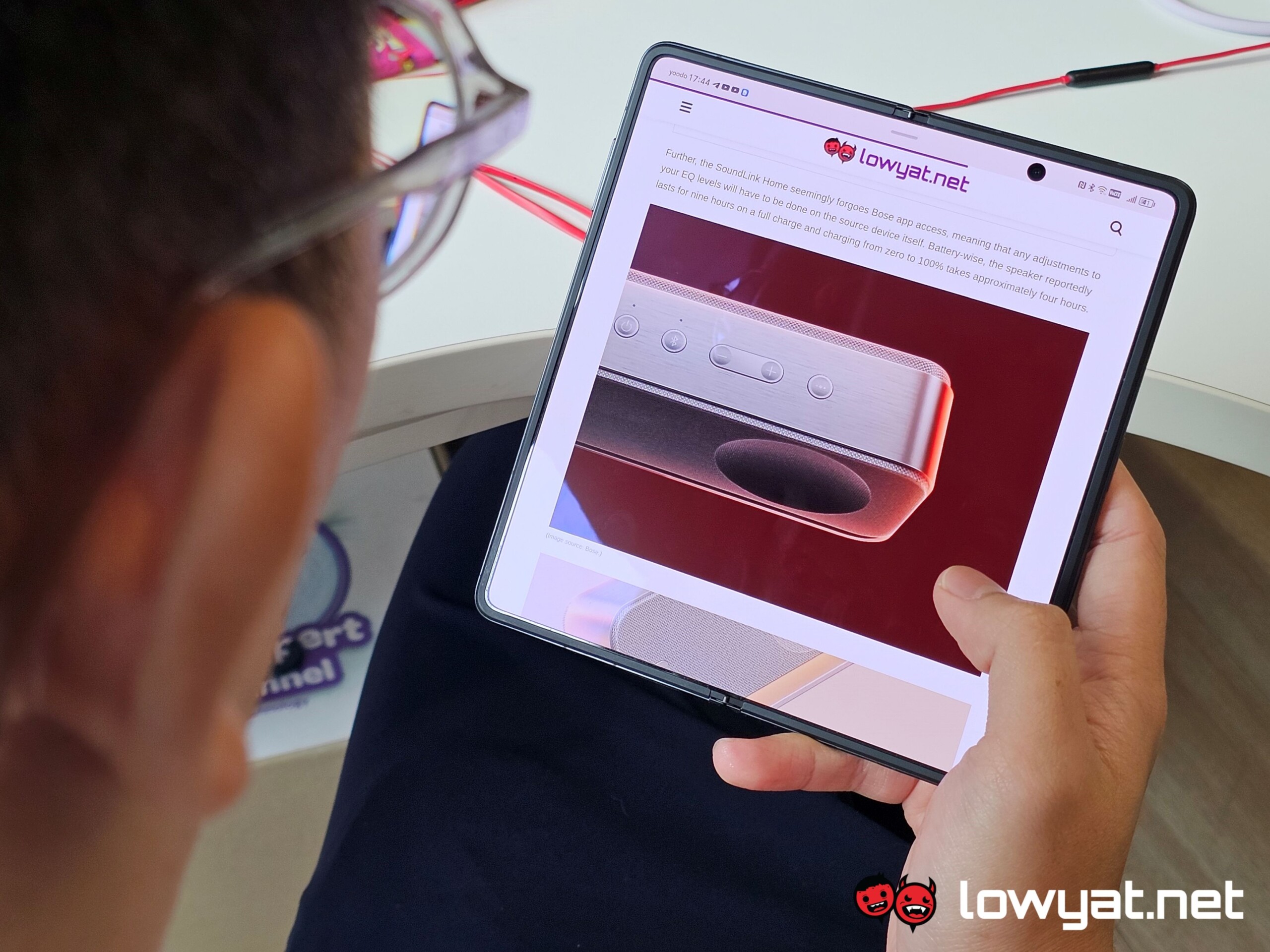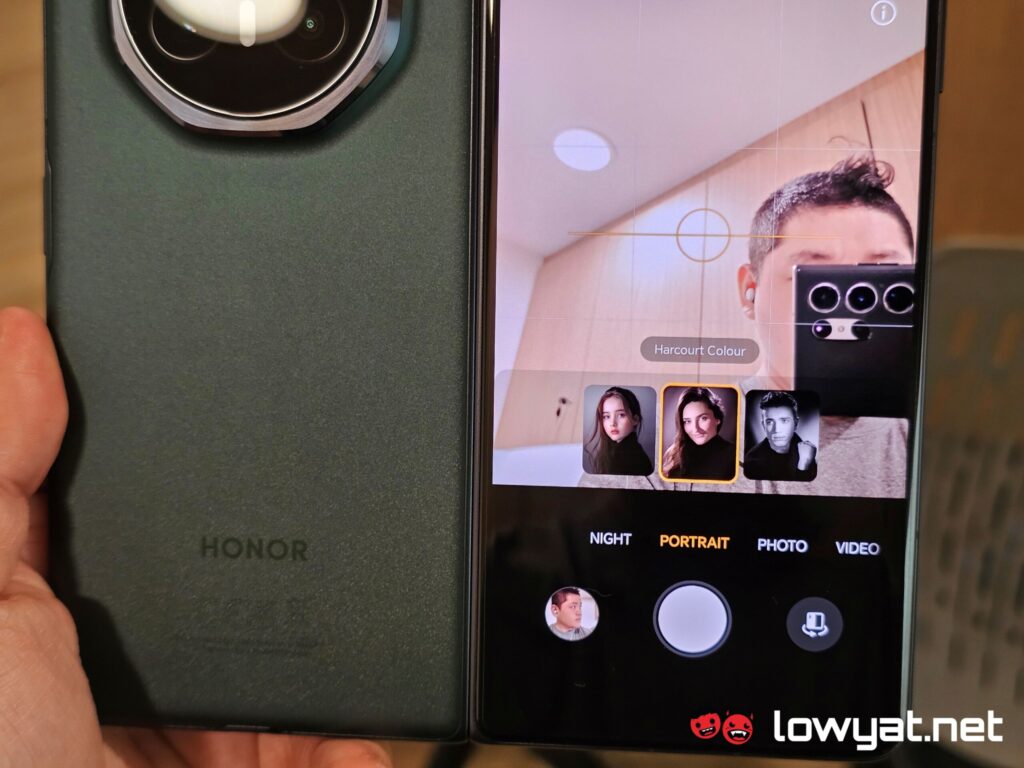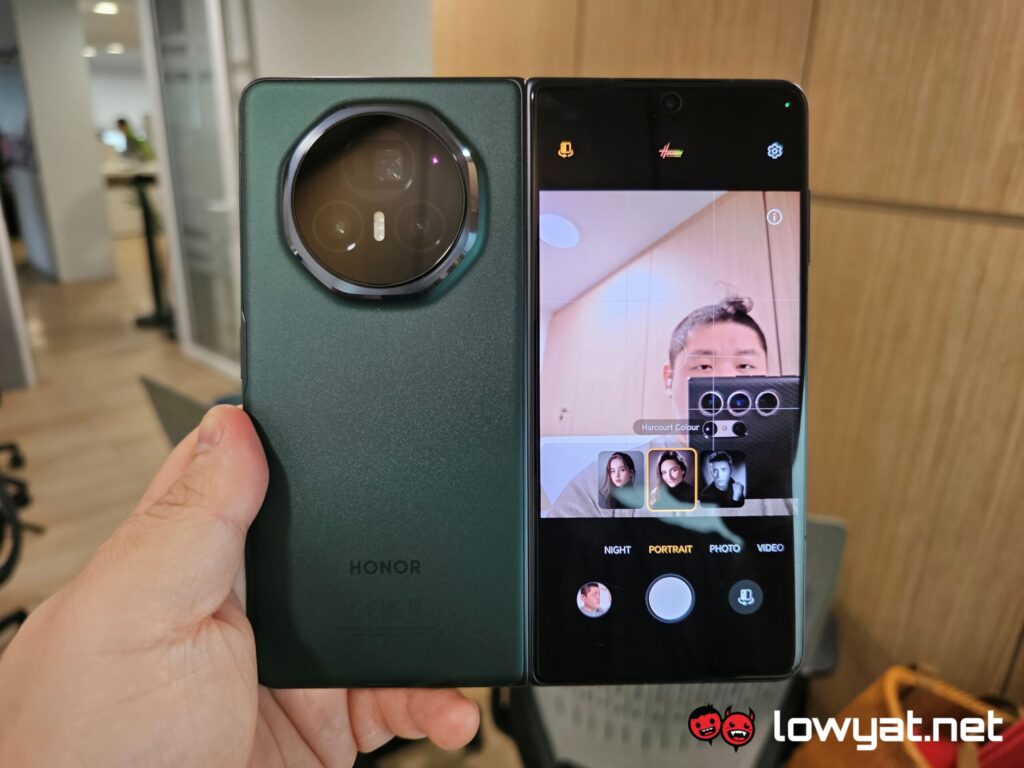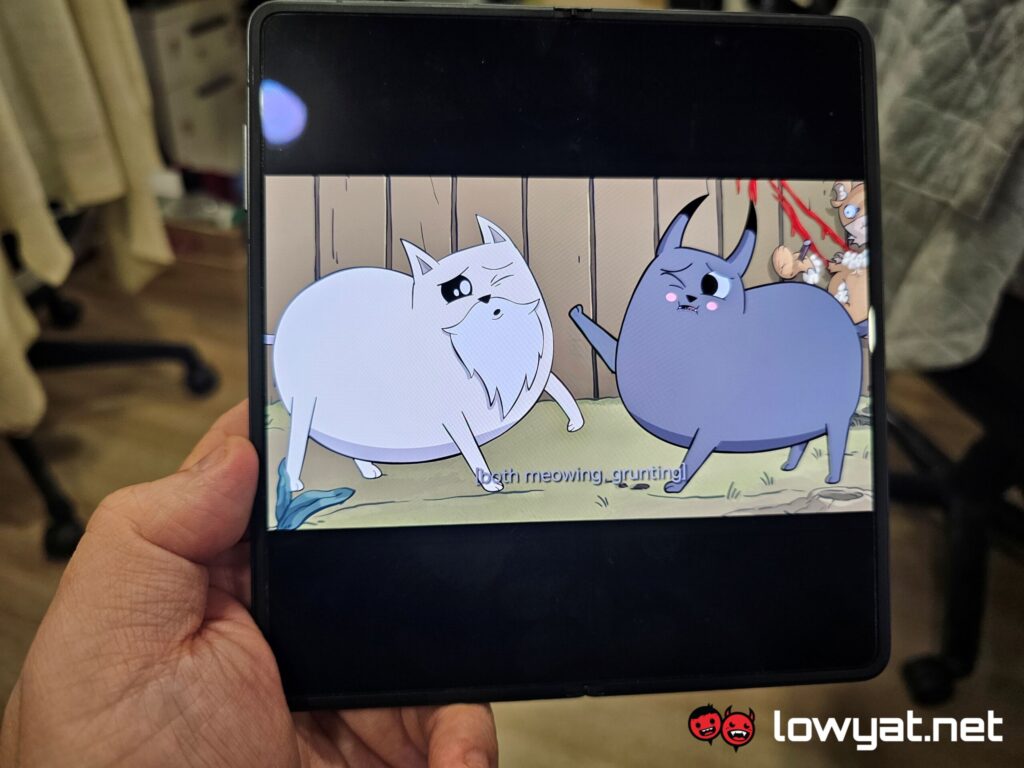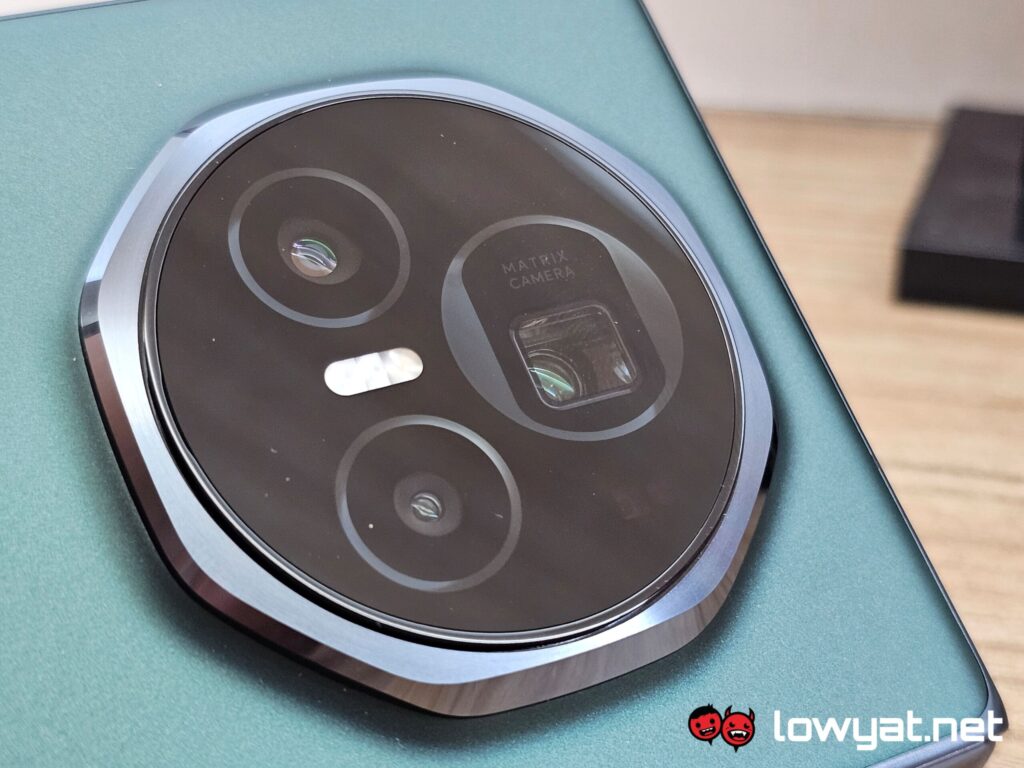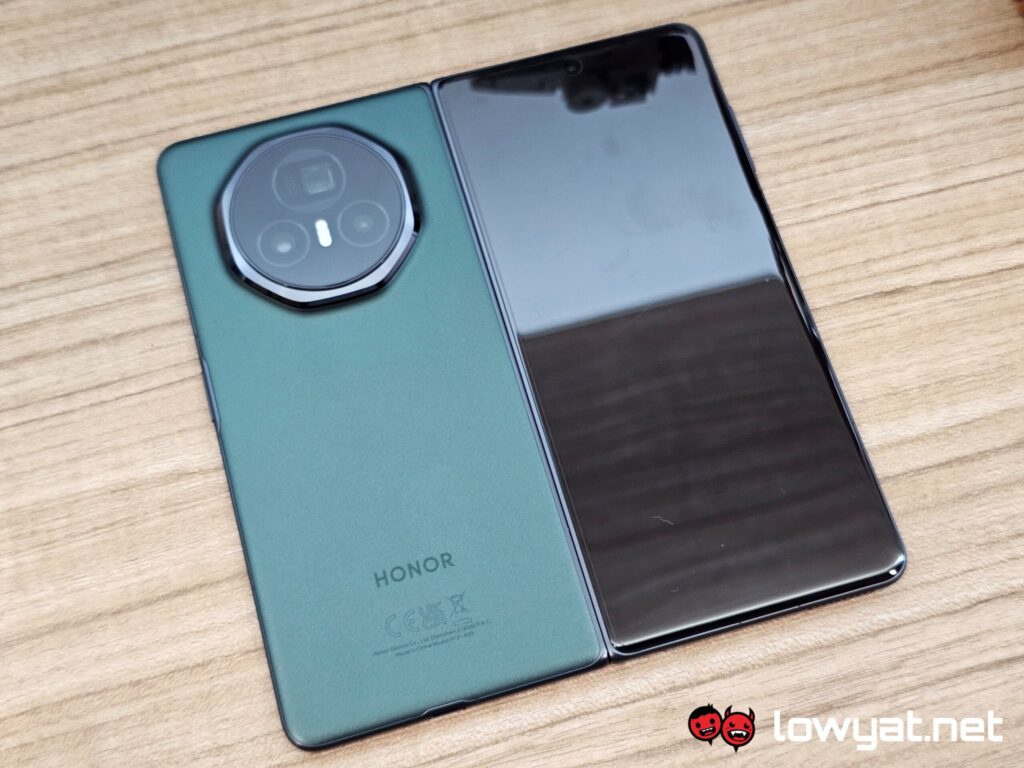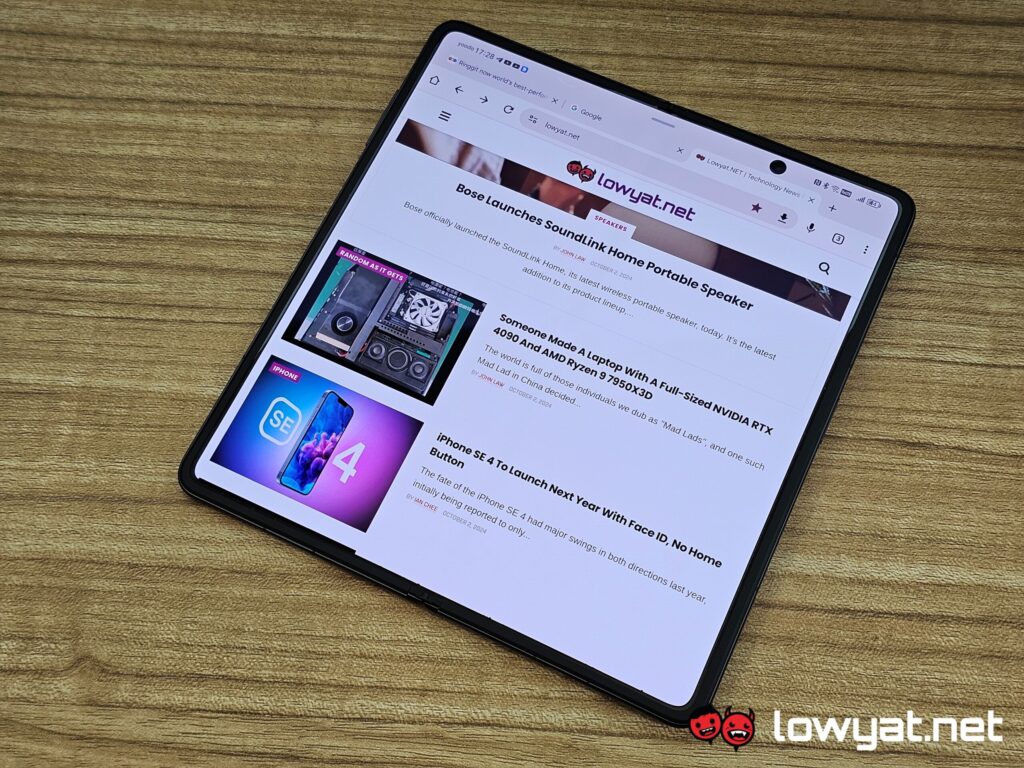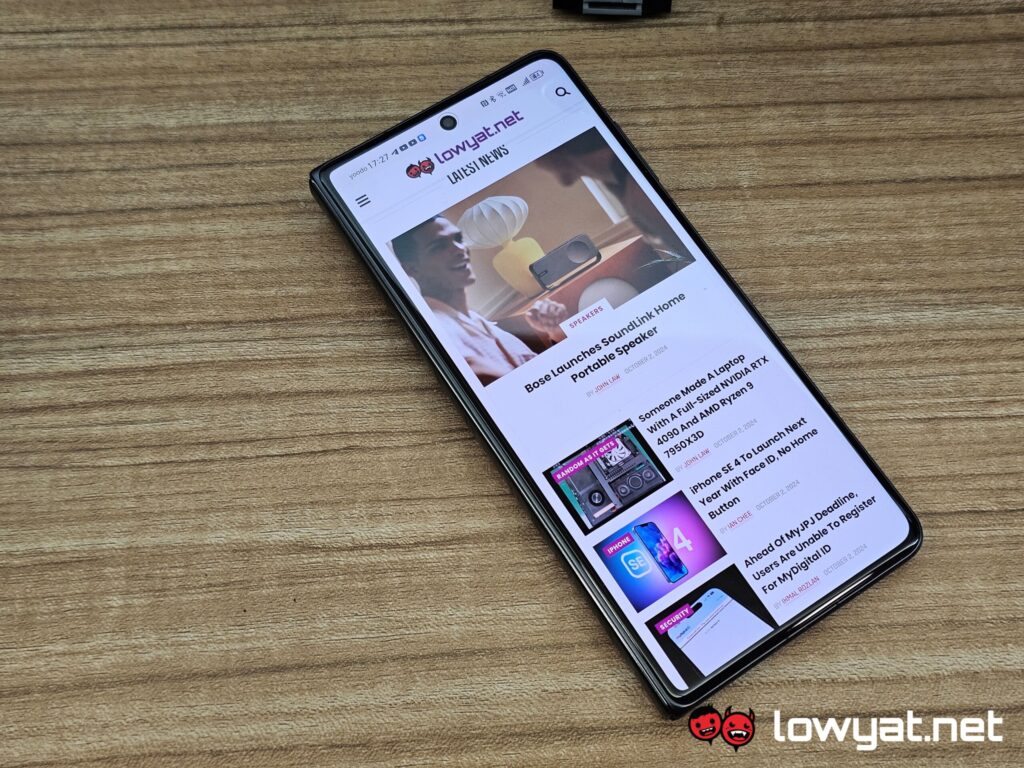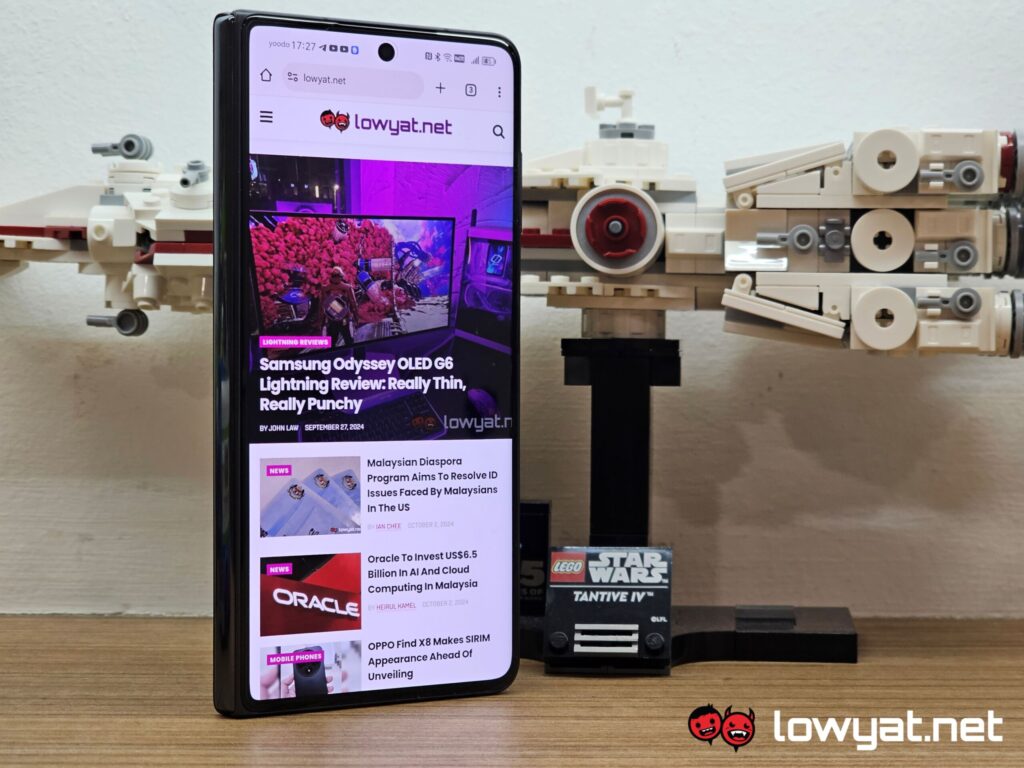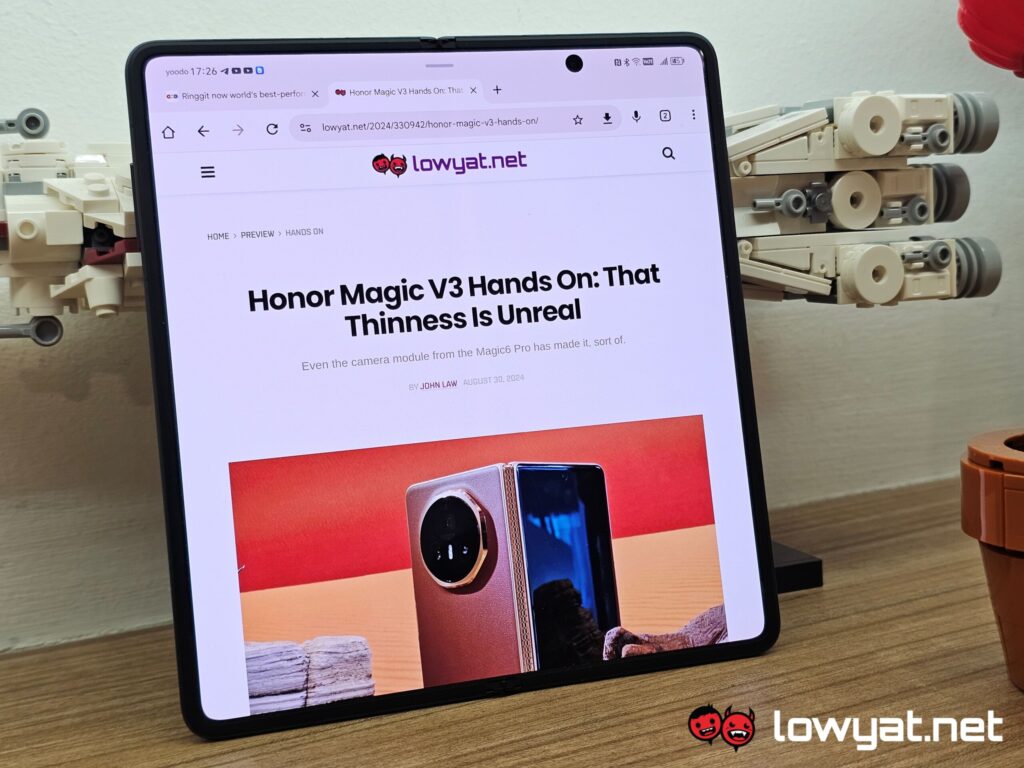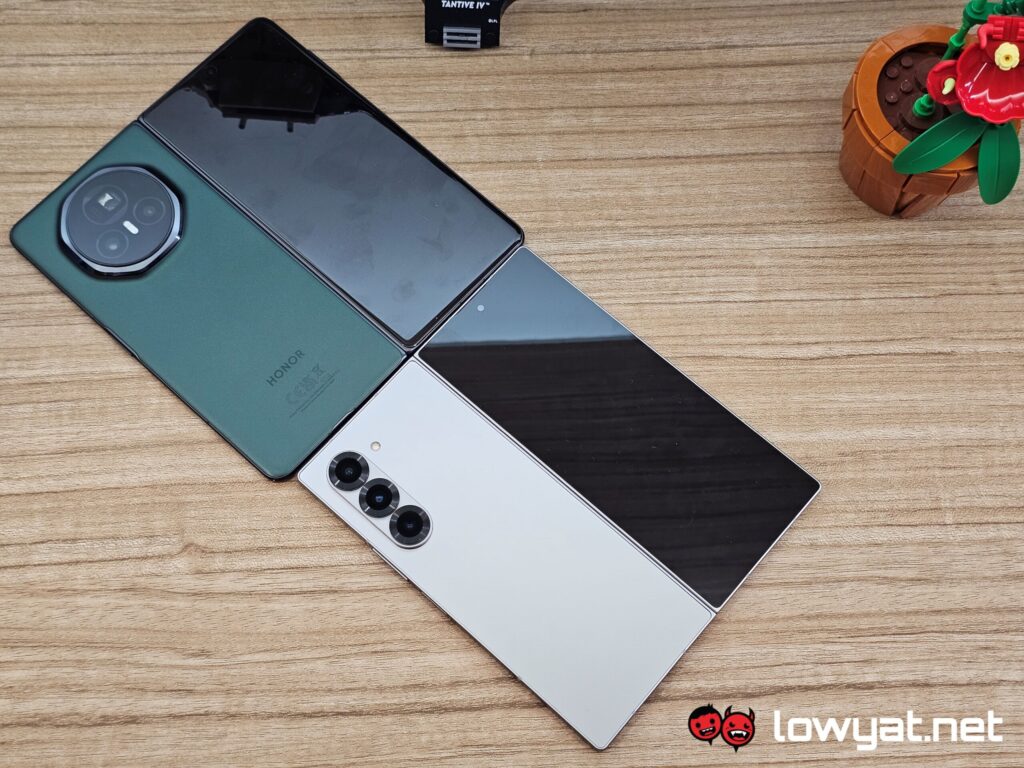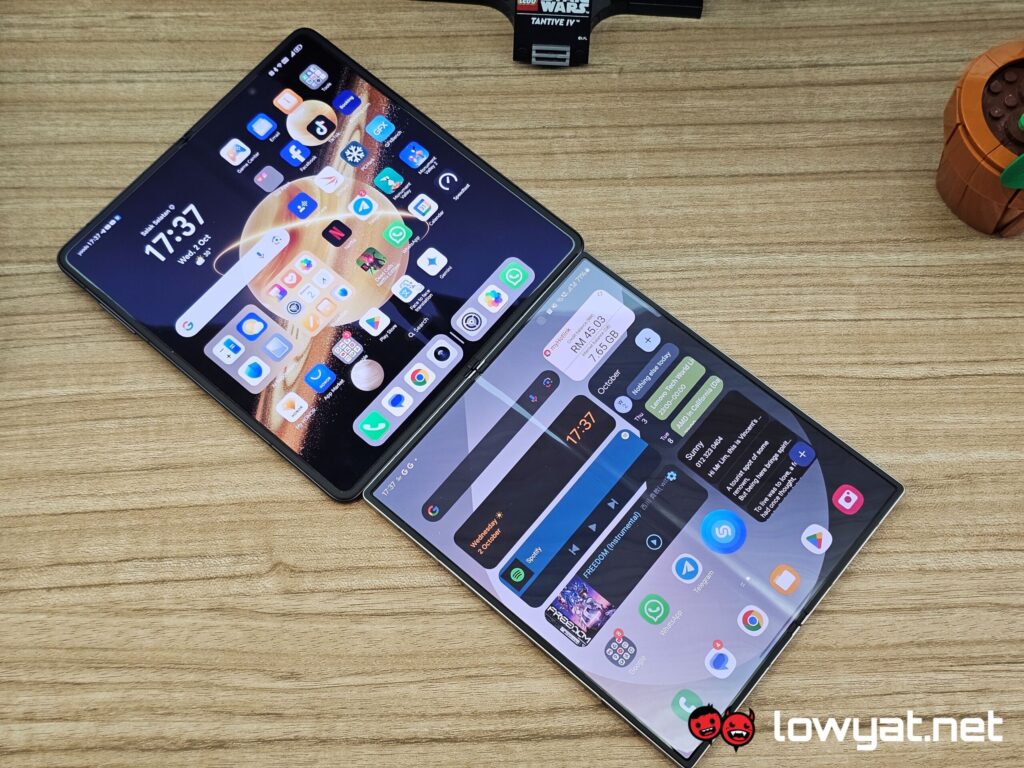I’ve spent close to a month living with the Honor Magic V3 as my daily driver, which is a first in a long while for me. It marks the first time in a while since I rocked a foldable smartphone, the last actually being the Oppo Find N3.
The form factor is fun, packed with the latest Google AI-centric features and more. But as impressive as it is, that’s not the only thing it has going for it.
Specifications
Looks And Functionality
As with all foldable devices, the one thing you are greeted with is a quasi-transformative experience. Theres’ the cover display that, by default, ships out with a screen protector and looks and feels perfectly normal-sized in my hands. Some of you may not think much about this niggling difference but when you’re used to holding a typical candy bar phone, holding a phone with a slim form factor can throw your grip a little off-balance. Case in point, Sony and its Xperia 1 lineup, prior to the 1 VI.
Open up the Magic V3, and you are greeted with the full-fat AMOLED display with the same 120Hz refresh rate as the cover screen but with a peak brightness of 1,800 nits, versus the 5,000 nits that the cover display is able to use. That’s fine for me, truth be told, as anything 1,000 nits is technically considered to be “sunlight readable”.
Typing on a foldable. So, so comfortable.
As a foldable, one of the best functions the Magic V3 has going for itself is the extra real estate for typing. With the phone, I actually spend more time typing out messages, replies, and writing up this review on it. It’s not an entirely fuss-free experience though. A point that I’ll get into in the Performance section.
Unfortunately, foldables like these typically pay the price on two fronts. The first is the crease that’s visible when the display is off; it is impossible to run away from this physical flaw but when the screen is in use, you don’t even notice it.

The second issue with these foldable displays is that the Magic V3 is an absolute fingerprint magnet. Sadly, this is a drawback that no foldable phone can run away from. Even with a good wipedown, I find myself repeating the maintenance process three times a day, bare minimum. That’s how smudgy the display gets.
But the crowning glory of the Magic V3 lies with its thickness or rather, just how slim it is folded or unfolded. When folded, the phone has a height of just 9.3mm, considerably thinner than the Z Fold6 or the Find N3. Heck, it’s just ever so slightly thicker than the Galaxy S24 Ultra, and that’s a standard form factor smartphone.
Unfolded, and the phone bears an even thinner profile of 4.35mm. Any thinner, and concerns surrounding the structural integrity of the phone would begin to arise. On a sidebar, unfolding the phone does take a little bit of effort; because of the thinness, opening its requires you to get some purchase, and that usually involves me angling my fingers in between this already gapless metal sandwich.
Another nice thing about the Magic V3, aesthetically at least, is that Honor’s engineers have ensured that it unfolds completely flat at the hinge. Not only that, but there’s also no gap between the display and when the device is folded up.
Another major shift in the design of Honor’s foldable series is the large main camera module attached to the back. It’s still a triple-camera system but unlike the Magic V2, the island is prominently displayed centre stage and takes a leaf out of the Magic6 Pro. At least, with regard to the octagonal design.
On a software level, MagicOS 8 definitely feels refined, tighter in its functions, even. Unsurprisingly, there’s a fairly heavy focus on AI-based functions, such as the face-to-face translation, the support of Google’s Gemini AI, and Parallel Space, a feature that allows you to hide specific apps in a personal window that you don’t want folks to see on the main display.
Performance And Battery
Given the chipset that’s powering the Magic V3, there is little I can say to dissuade you from believing that this is anything but fast and powerful. Powered by the Snapdragon 8 Gen3, the phone’s performance is fast – apps snap open in the blink of an eye, and swiping between windows is seamless and swift, as are other functions.
Multitasking on MagicOS is a real treat. I like that I app to drag-and drop certain supported apps and transform them into smaller windows that can then be move around or snapped to the corners while you open up other apps.
And because this is the age of AI, Honor has gone to some considerable lengths to integrate Google’s Gemini AI model with the phone. Live conversations, real-time though unsolicited data pulled out from the cloud – these were just some features that I enjoyed about the phone.
Another feature on the Magic V3 that is impressive is the face-to-face translation. Again, as another pride point from Honor, the app includes the Malay language as one of the primary choices. It’s functional and while it isn’t always accurate – Chinese, in particular, can have different translations based on intonation – the end results are more or less in the ball park. The only downside to using the brand’s dedicated translation app is that it filters profanity.
Now, I’m not saying that you should swear like a sailor who’s been drinking heavily after a long stint out at sea but censoring the colourful language of vulgarities feels a bit much, especially when all you see are asterisks as replacements.
Still on the face-to-face translation app, there is the option to have a literal face-to-face chat with the app placed in front of you using the main display. It’s a nice compromise and clearly encourages two individuals to sit together. The other option uses the cover Display to show the intended recipient of your message what you are saying. The problem with this scenario is because of the massive camera module, the phone doesn’t sit flush to the surface, meaning that whoever is reading the message is going to tilt their head slightly to the right in order to read what’s being displayed. That is also assuming that they are unable to hear the same message being read out loud.
There are some shortcomings that you won’t necessarily see in the Magic V3, particularly with the use programs and apps like WordPress. In my case, I discovered that this phone has a bug – logic posits that the issue stems from the phone’s form factor, especially when used unfolded – that doesn’t allow me to type anything into the header and sub-header boxes, automatically snapping back down into the body.
Again, this is an issue that’s isolated to this phone, and to this form factor. Other phones that I use, past and current, never really present this problem. Simply put, it’s a flaw unique to the Magic V3.
Moving on to the subject of battery life, Honor has upheld its end of the bargain on the longevity front. This is quite possibly the longest-lasting foldable that I’ve used, lasting three days on average as my daily driver and slightly longer than that if I don’t touch it for a day or two.
Honest to God, when the phone finally reached 10% life after the third day, I threw in the towel and just charged it. Rather than wait for it to whittle down to single-digit use.
Camera
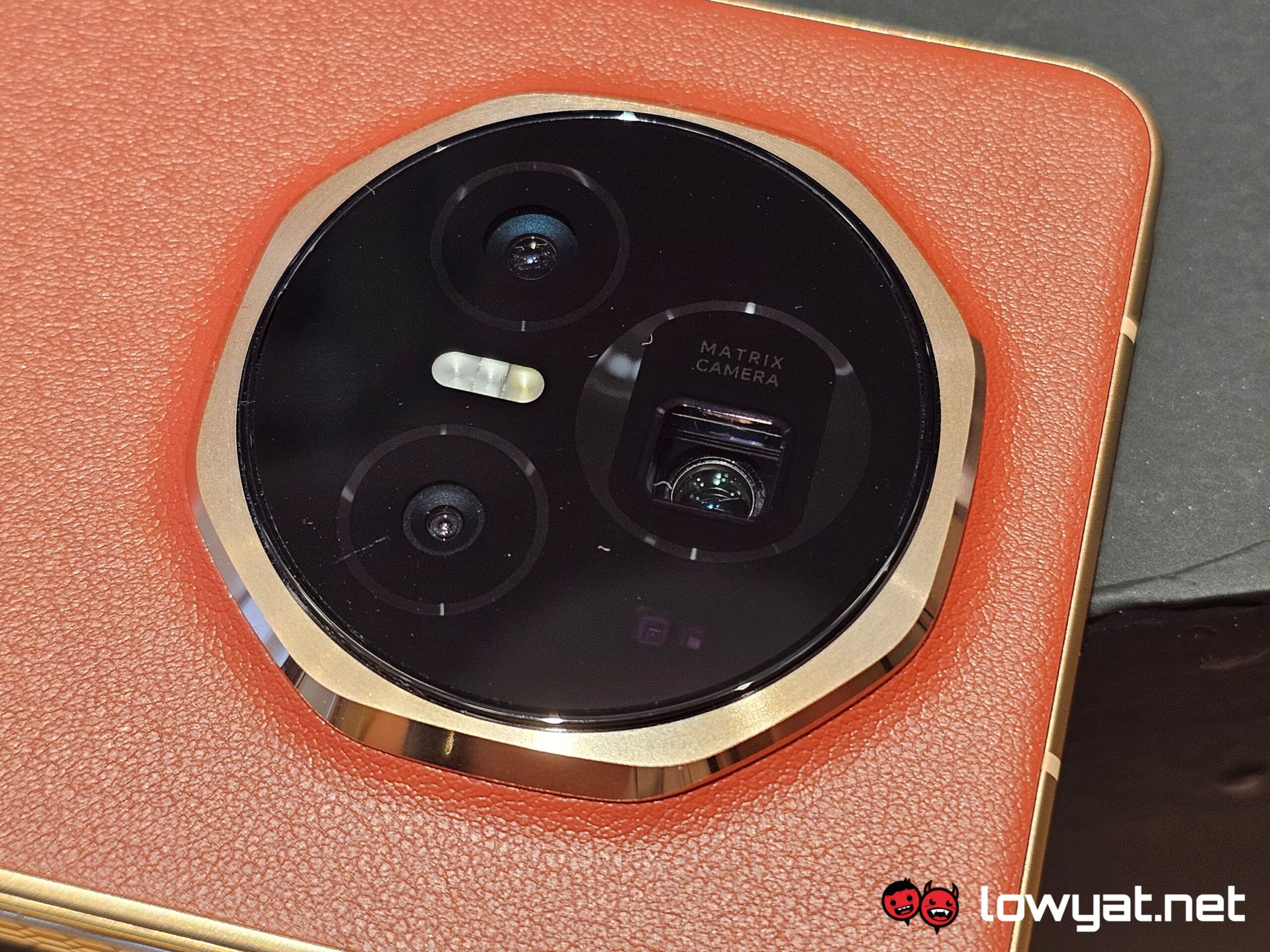 With a camera module that big, you’d think the Magic V3 is capable of conducting impressive photography, and you’d be right, somewhat. Well, to a degree, anyhow.
With a camera module that big, you’d think the Magic V3 is capable of conducting impressive photography, and you’d be right, somewhat. Well, to a degree, anyhow.
Again, in a situation with ample lighting and decent conditions, the phone’s main 50MP shooter is able to capture images that retain a lot of detail, sans the blurriness. Seriously, it was impressive enough that at one point, I was using it to pull off some really detailed product shots, with some using the zoom function too.
The telephoto macro function impressed me equally and had me actively seeking out subjects that had some intricate details that the naked eye wouldn’t necessarily see. The trade-off, though, is that the final image may not be as clear and could look noisy, and that’s after AI post-processing with the onboard NPU. Nevertheless, it is still a wowzer, as evidenced by the close-up shot of the infamous PlayStation symbols around the back of the DualSense controller.
As for low-light and night-time photography, let’s just say there is a heavy amount of AI post-processing at play here. In areas of near total darkness, for example, the phone’s camera and NPU makes quick work of brightening up dark areas. Sure, this isn’t groundbreaking and other flagship devices with their equally potent camera systems are able to do the same but the function is, nevertheless, still impressive. Oh, and there’s also the Harcourt photography mode that is far more alluring to use than the standard selfie cameras. The only downside, if you could even call it that, is that it only becomes available in selfie mode.
Sample Images
Standard
Harcourt Imaging In Selfie Mode
Telephoto Macro
Night shots
Competition
Samsung Galaxy Z Fold6
At this current moment, the Samsung Galaxy Z Fold6 is, by virtue of being current and up-to-date to the hardware, the only direct competitor to the Magic V3. Like its rival, the phone is fitted with the Snapdragon 8 Gen3 SoC, the same single 12GB+256 configuration that the Korean electronics brand is bringing into the country, but a smaller 4,400mAh battery.
The main triple-camera module on the Z Fold6 comprises a 50MP main, a 12MP ultrawide, and a 10MP telephoto with 3x optical zoom, while the selfie cameras are rated at 10MP for the cover display and a 4MP for the under-display sensor. Price-wise, it retails at RM7,299, which is RM300 more than Honor’s own offering.
Conclusion
The Honor Magic V3 is a foldable smartphone that is clearly aggressively priced to take on Samsung’s own Z Fold6. At RM6,999, it is a phone that offers almost the world in terms of functionality and usability. Almost.
MagicOS is far more user-friendly than I remember, and it is great to see that Honor has taken some considerable strides in making it feel more fluid on the Magic V3. Ultimately, there is a greater degree of functionality that you can only find on this foldable. And once again, the integration of Gemini AI feels more wholesome.
But the key selling point of the Magic V3 beyond a shadow of a doubt, though, is just how unrealistically thin Honor has managed to make this foldable, so much so that it’s only slightly thicker than the average non-foldable, candy bar smartphone. It is truly modern engineering marvel that I hope the brand continues to maintain with the next generation foldable, and one that other brands try to emulate, in one form or another.
Photography by John Law.

